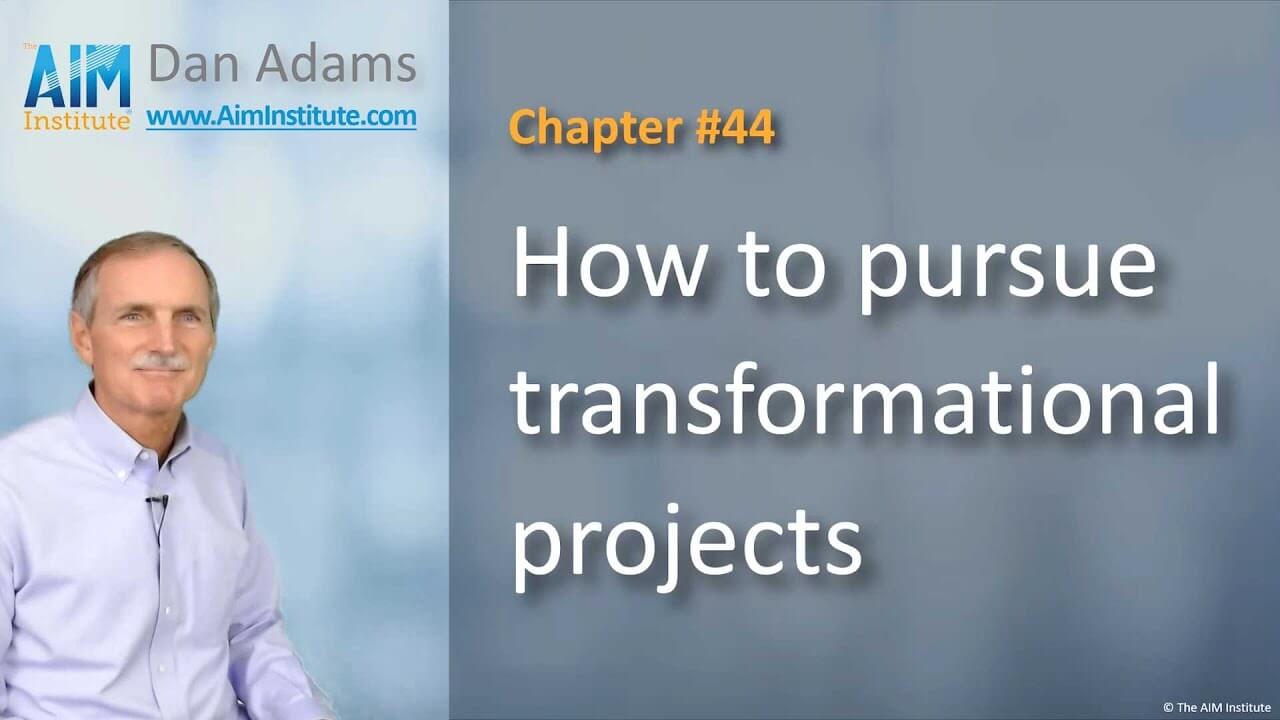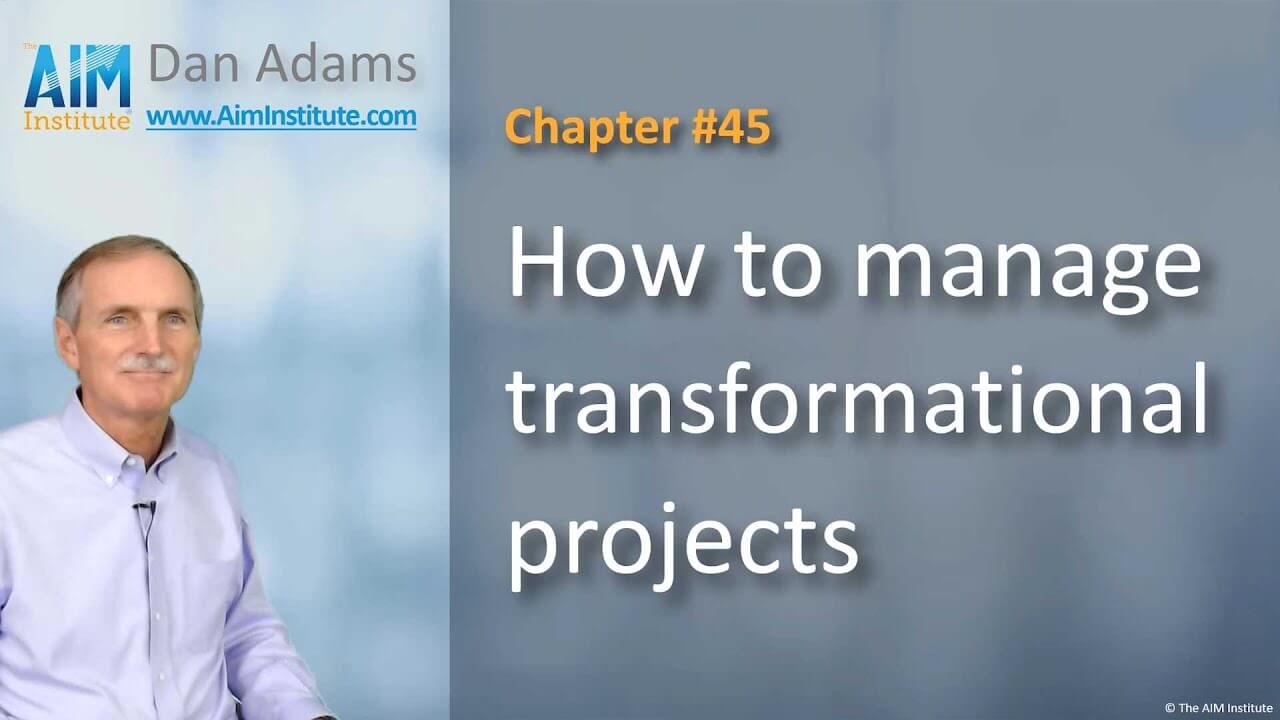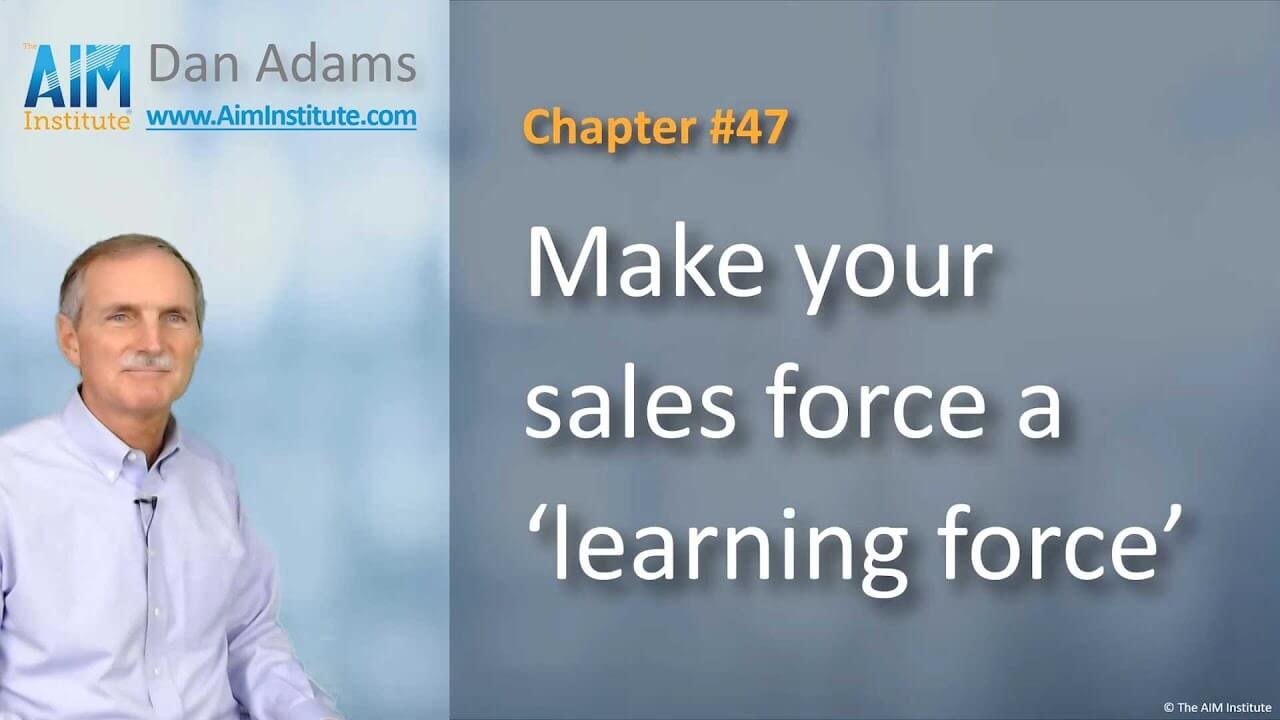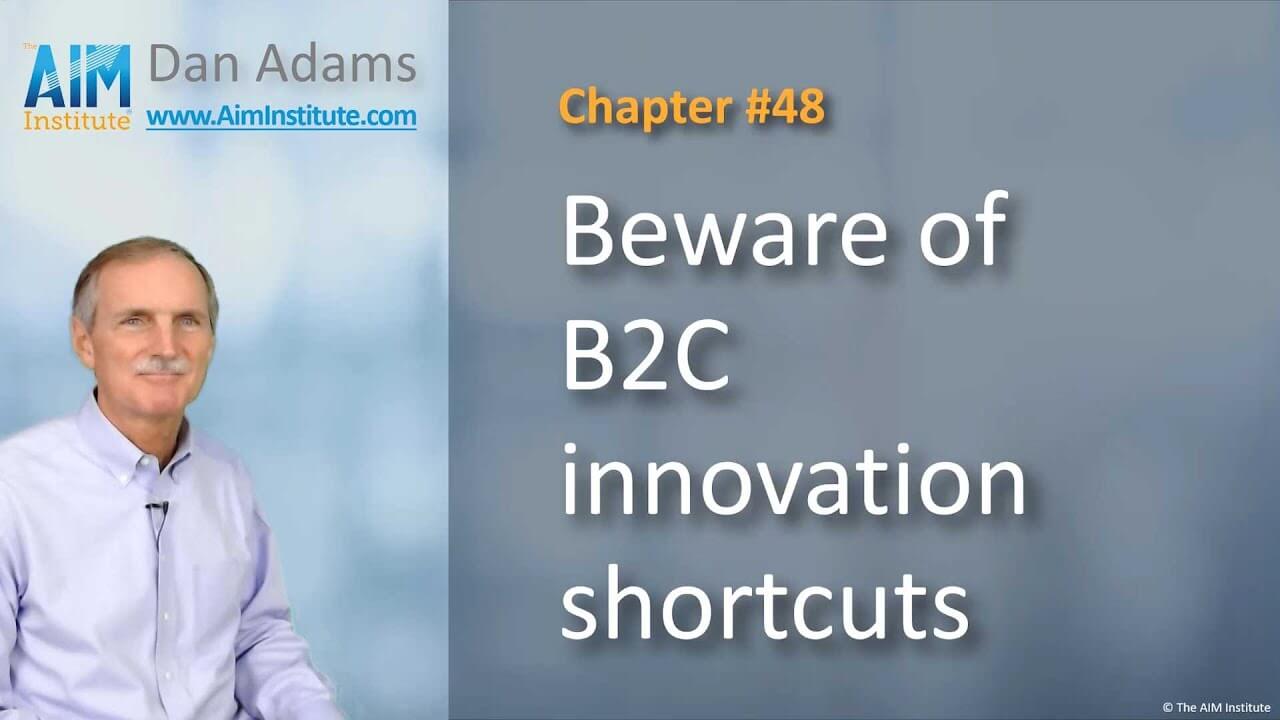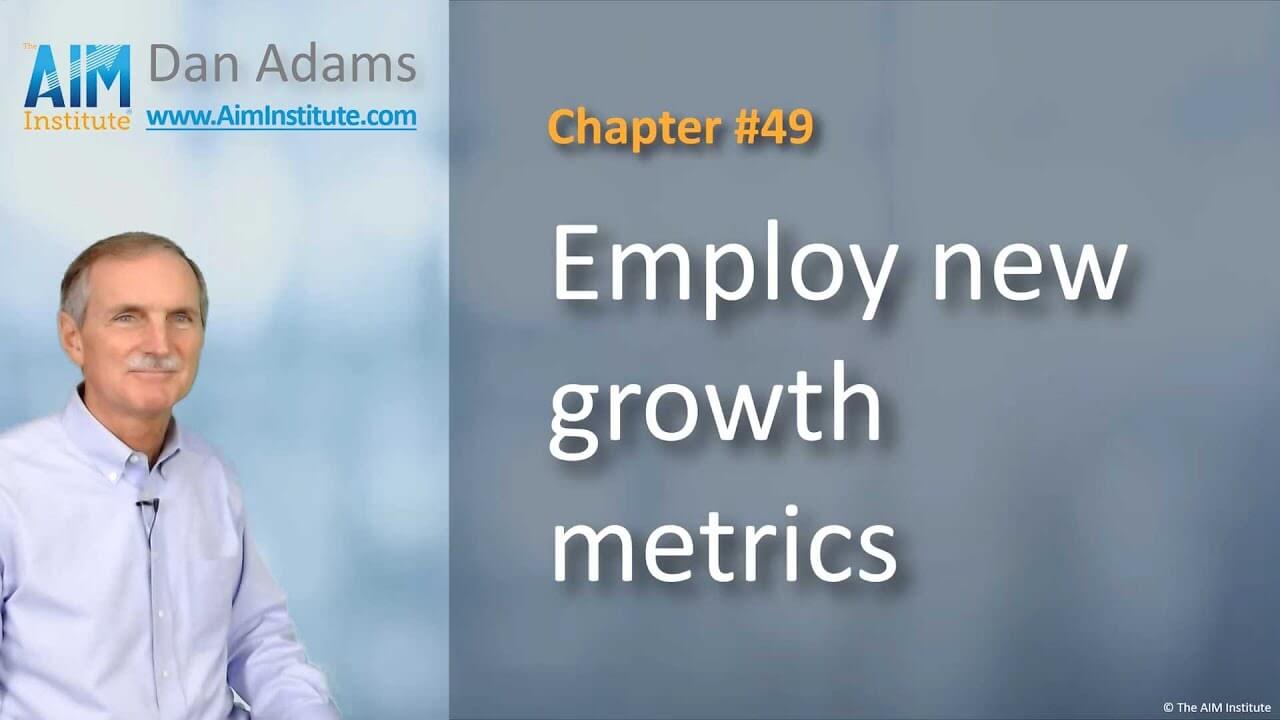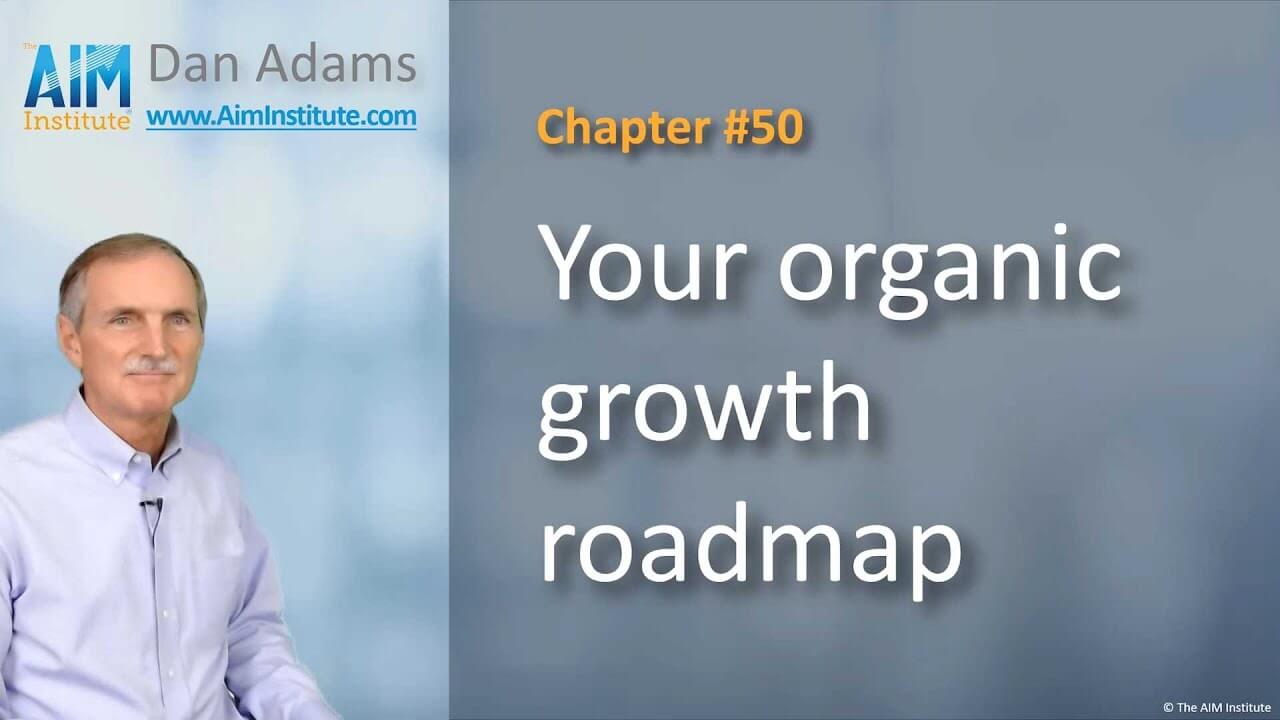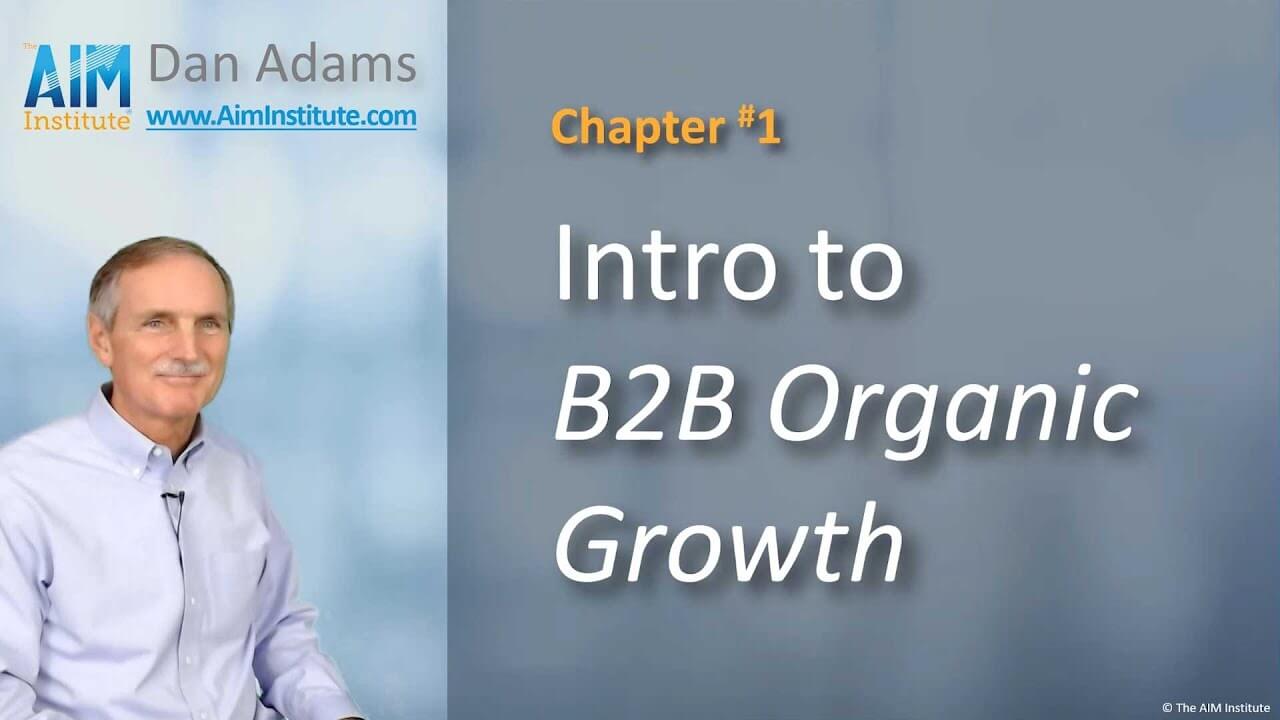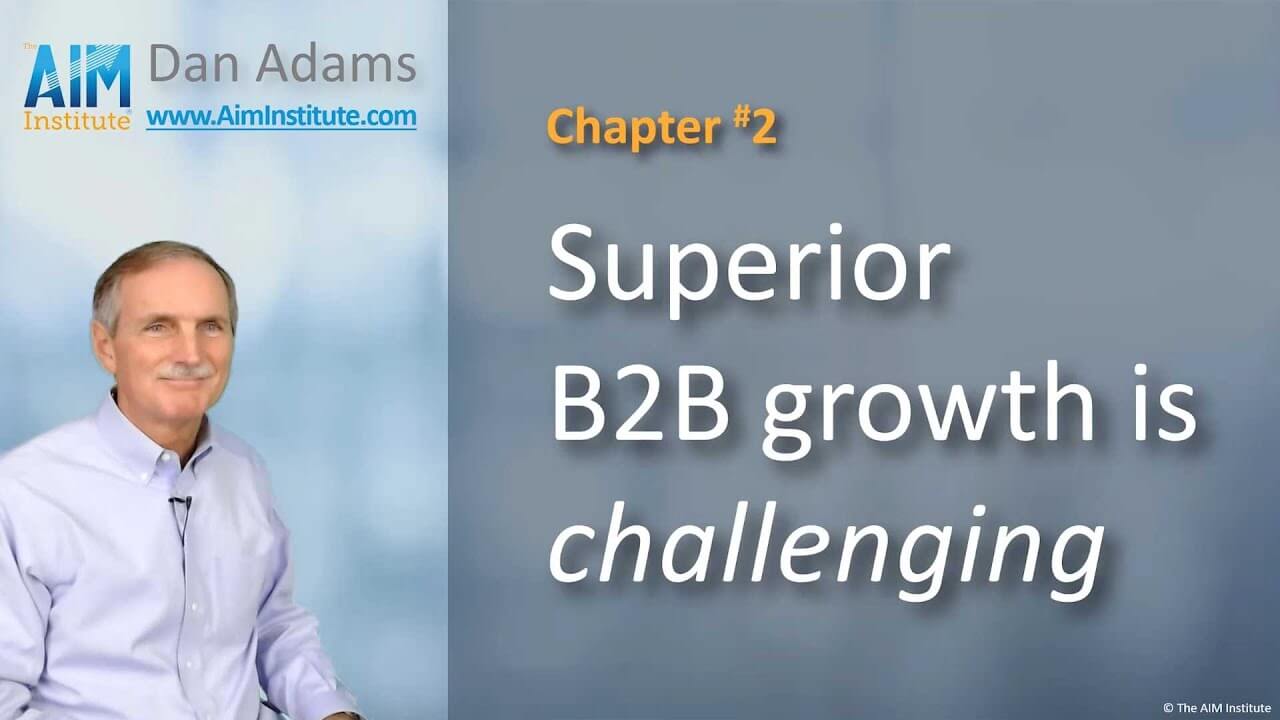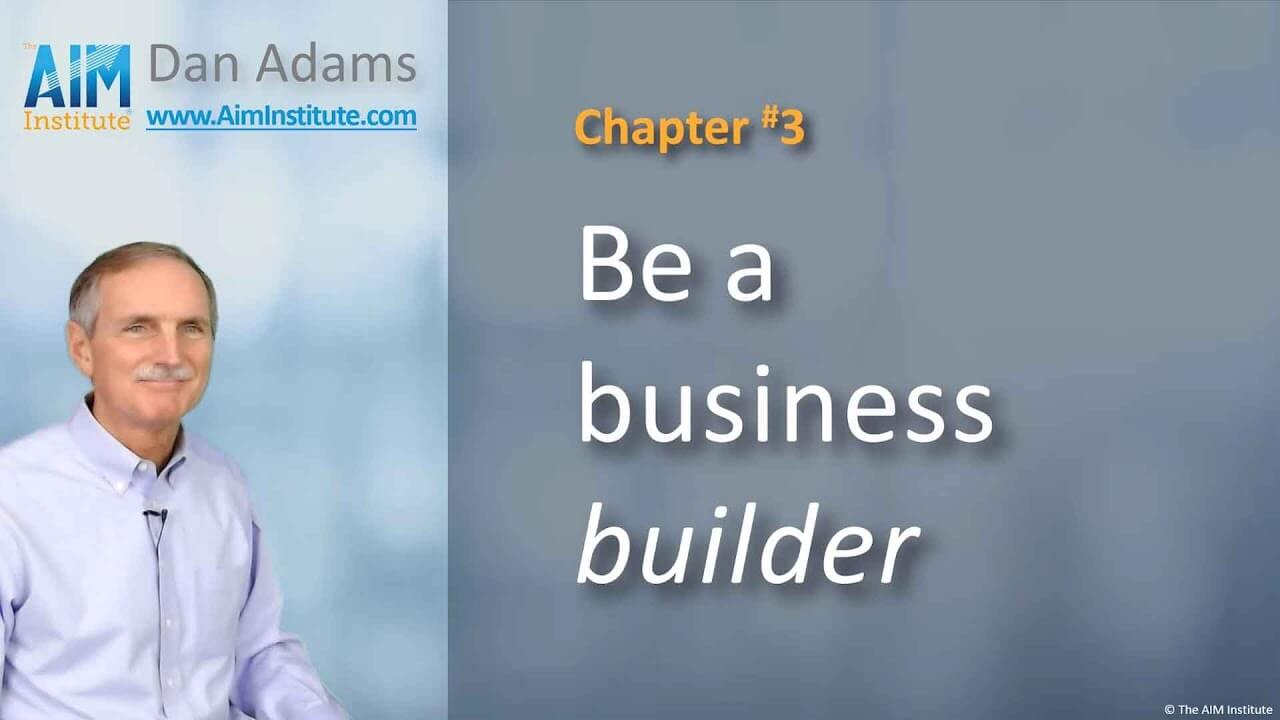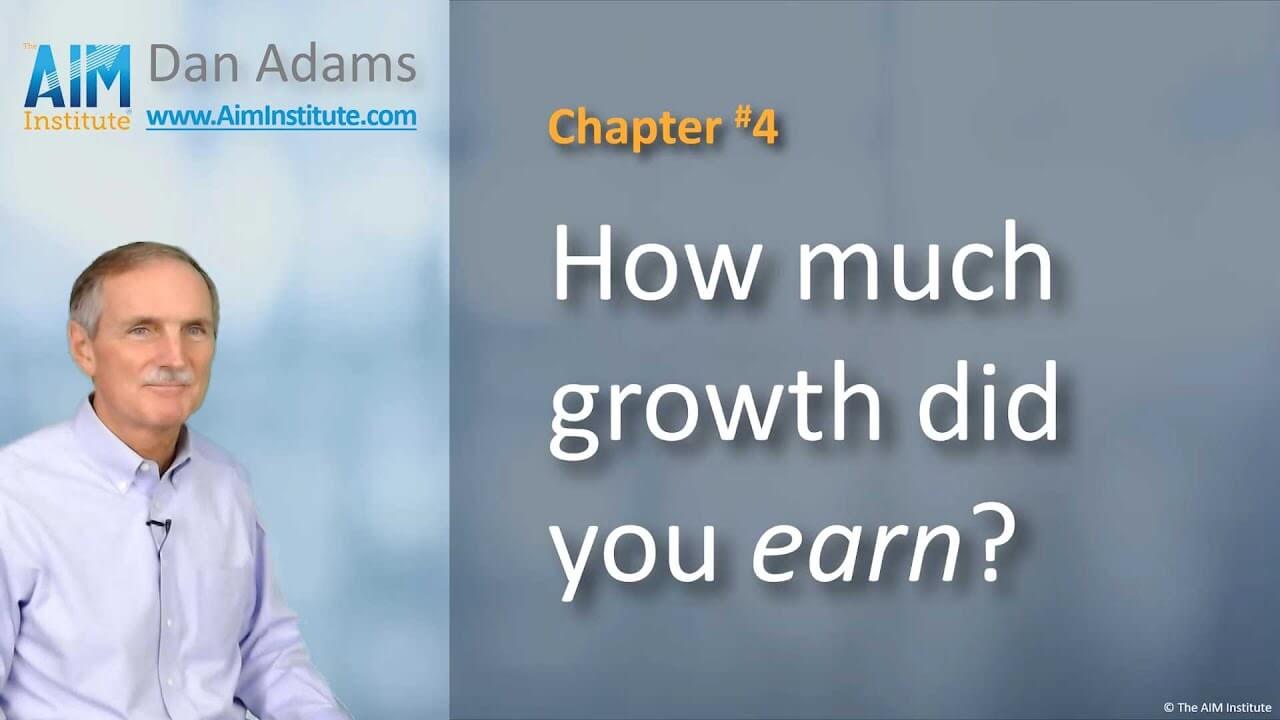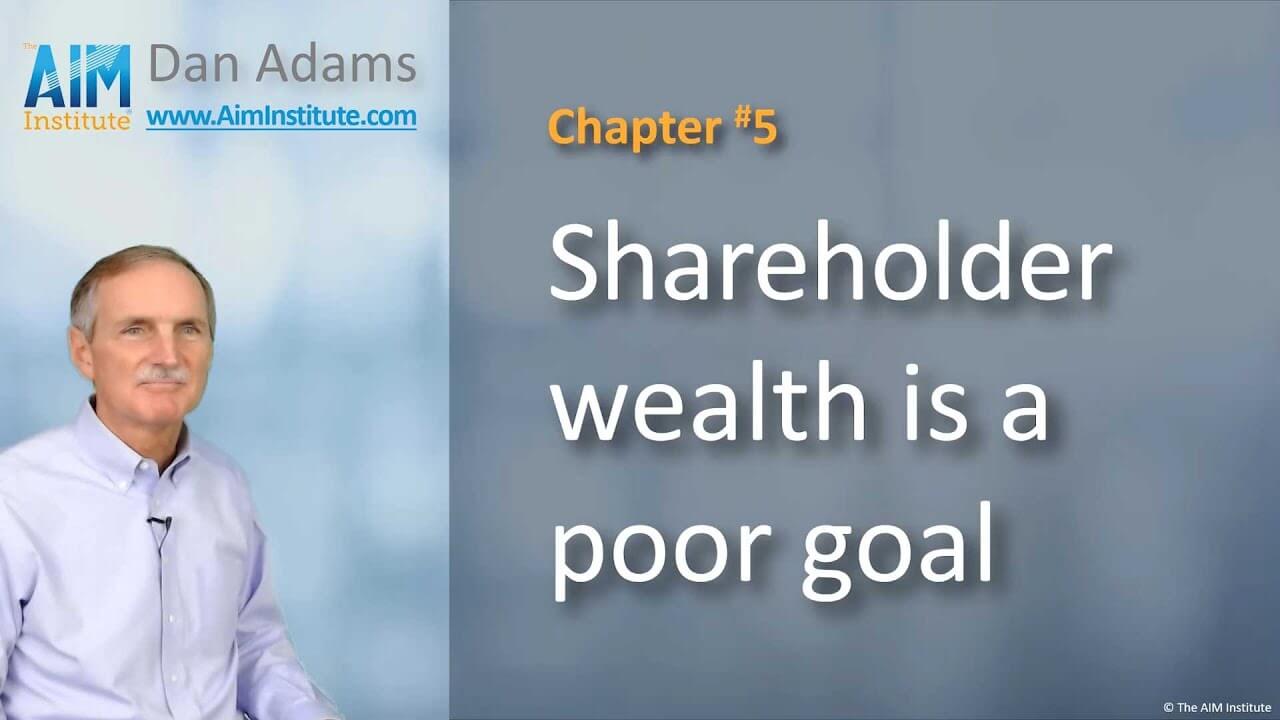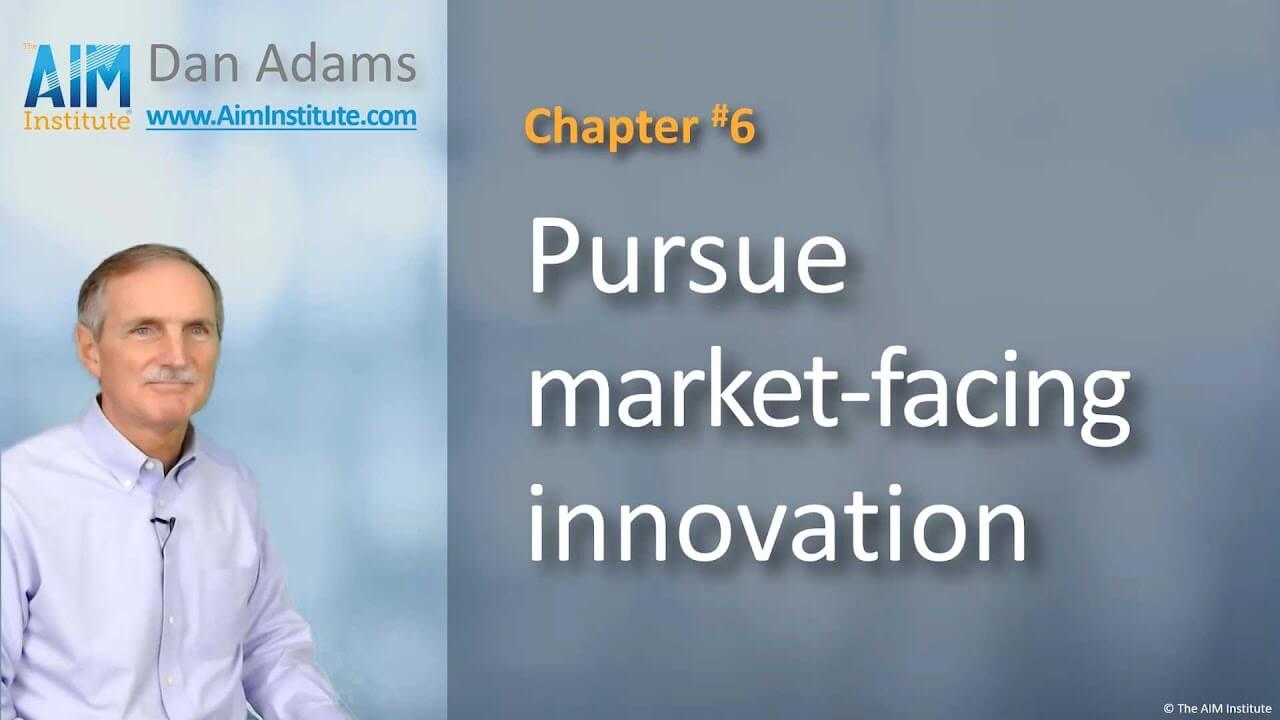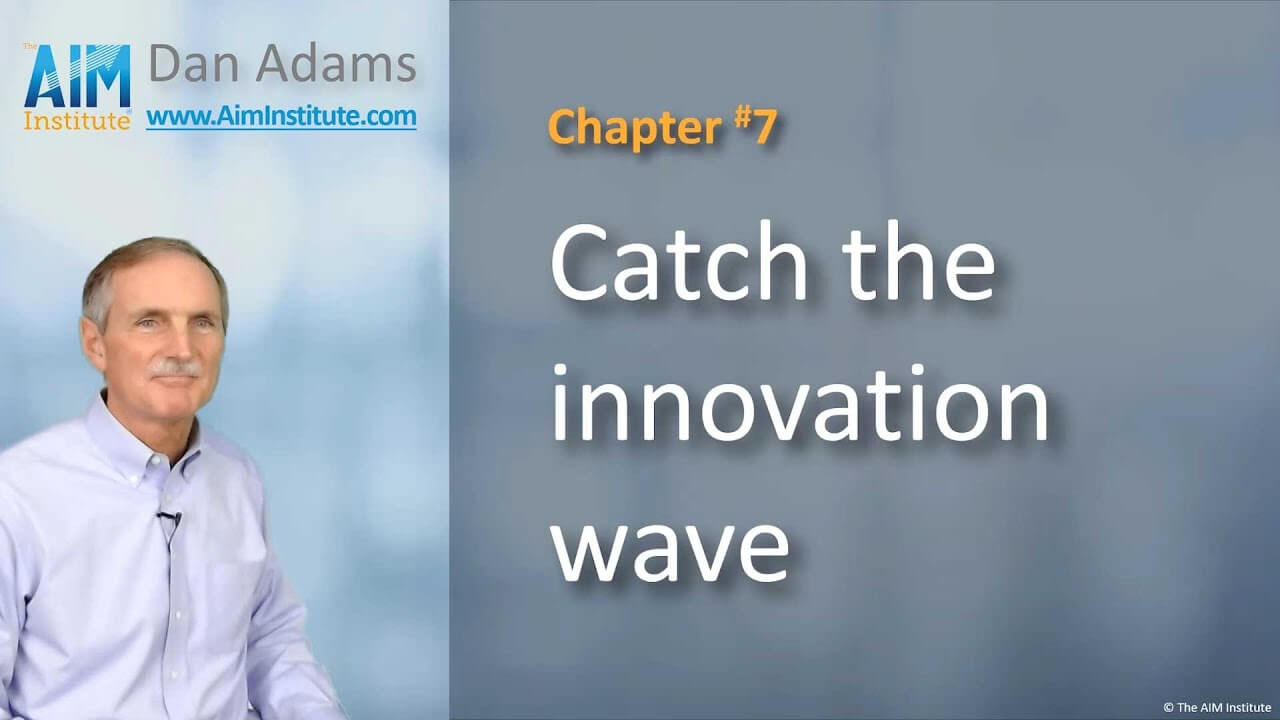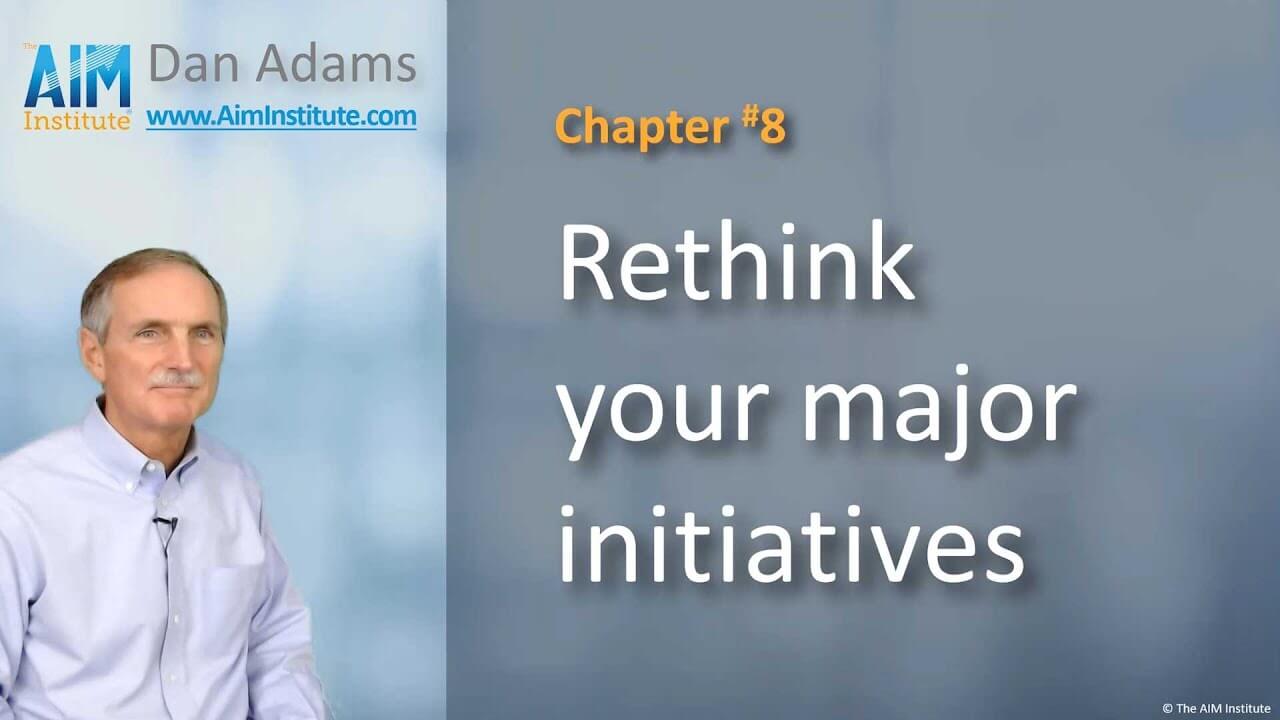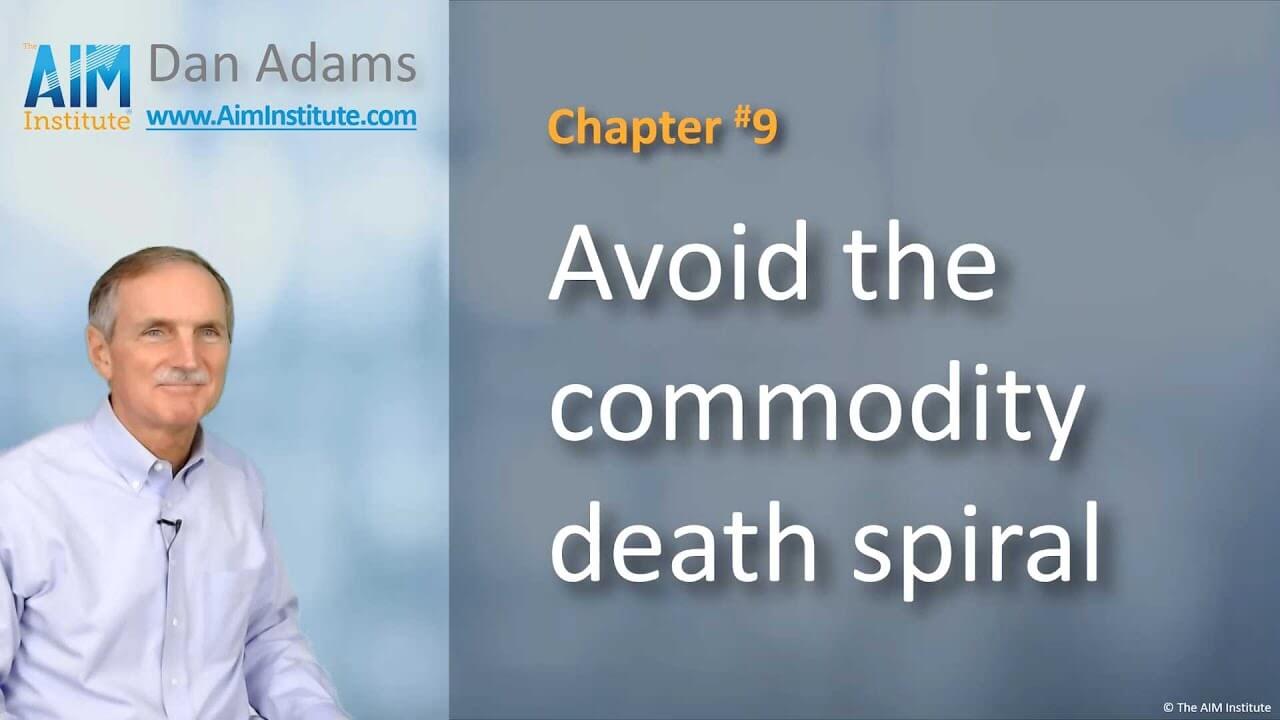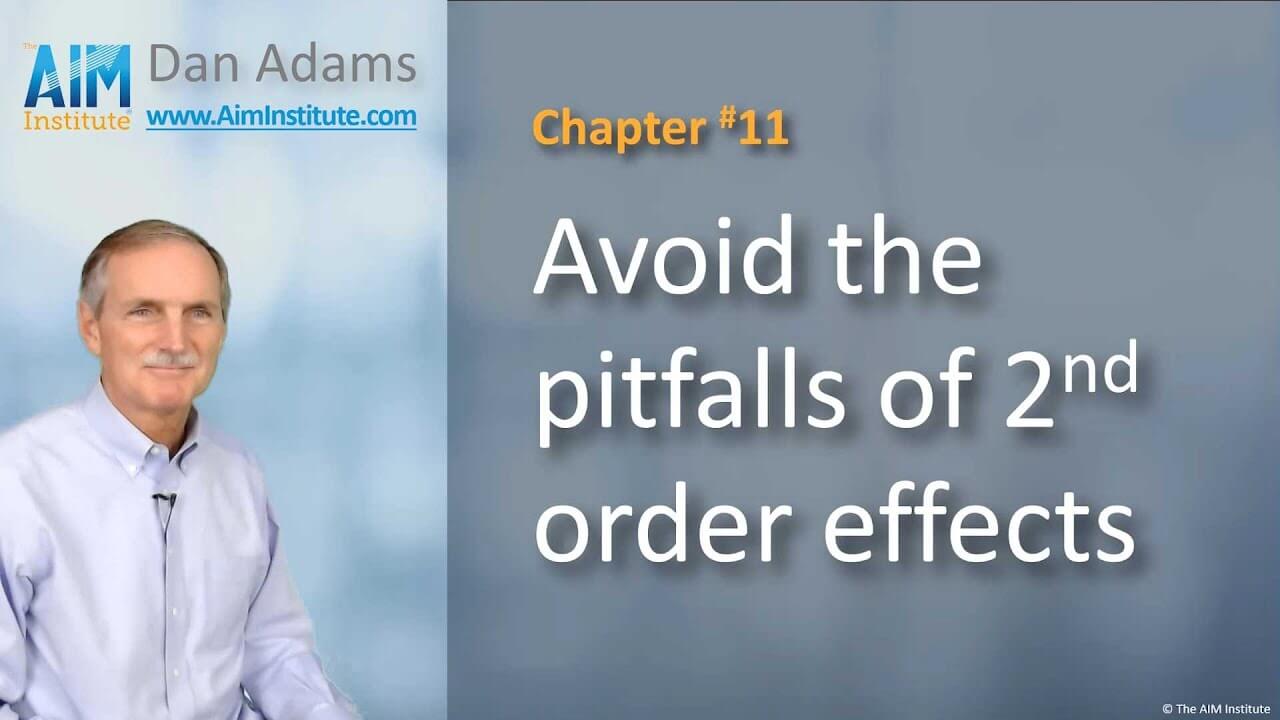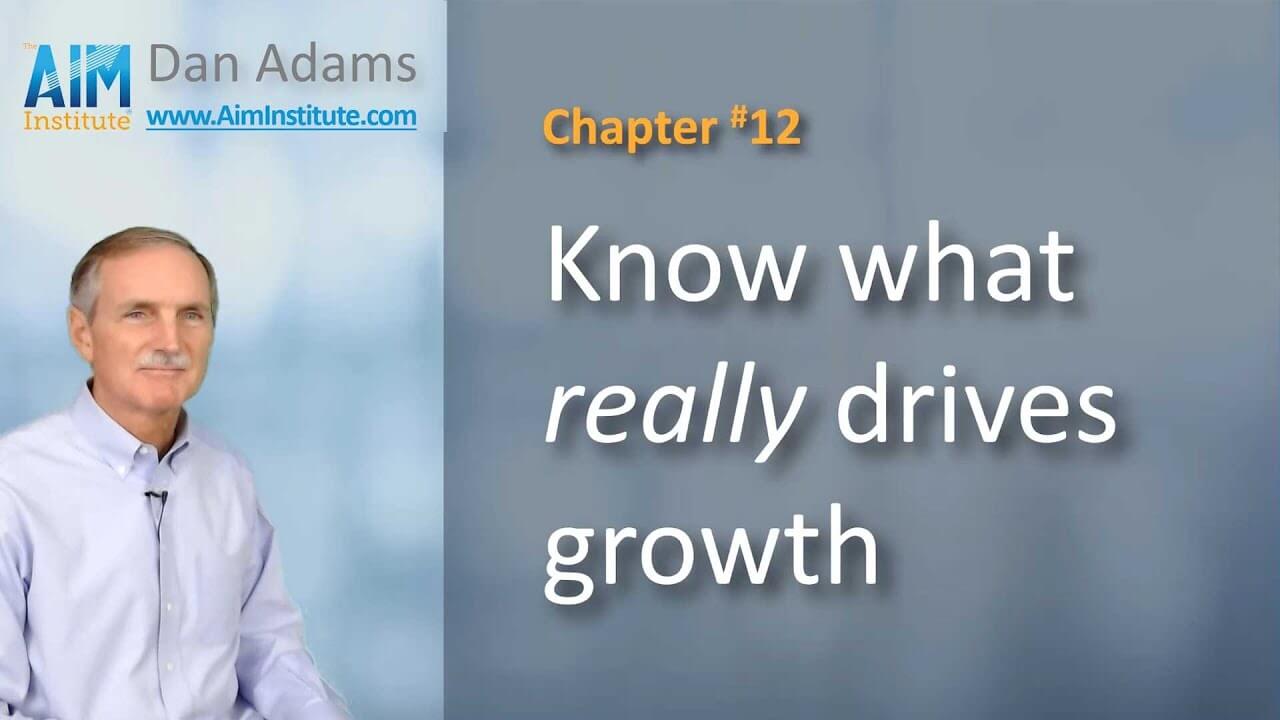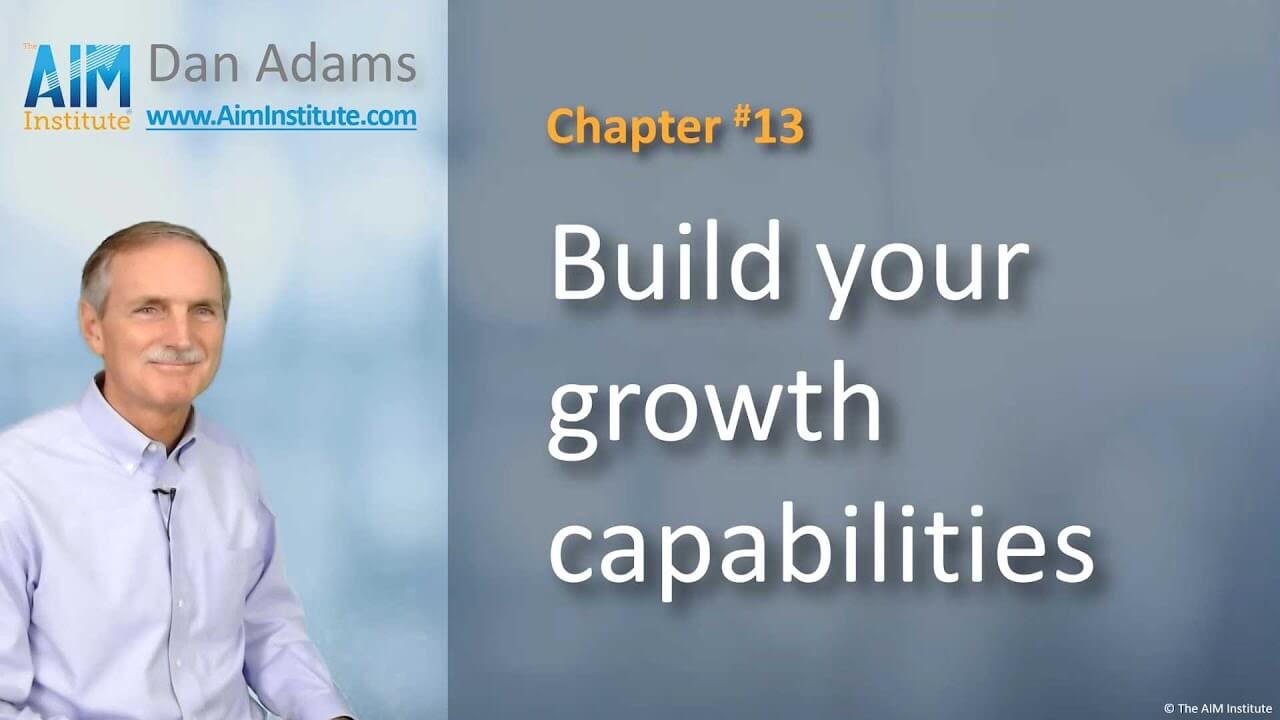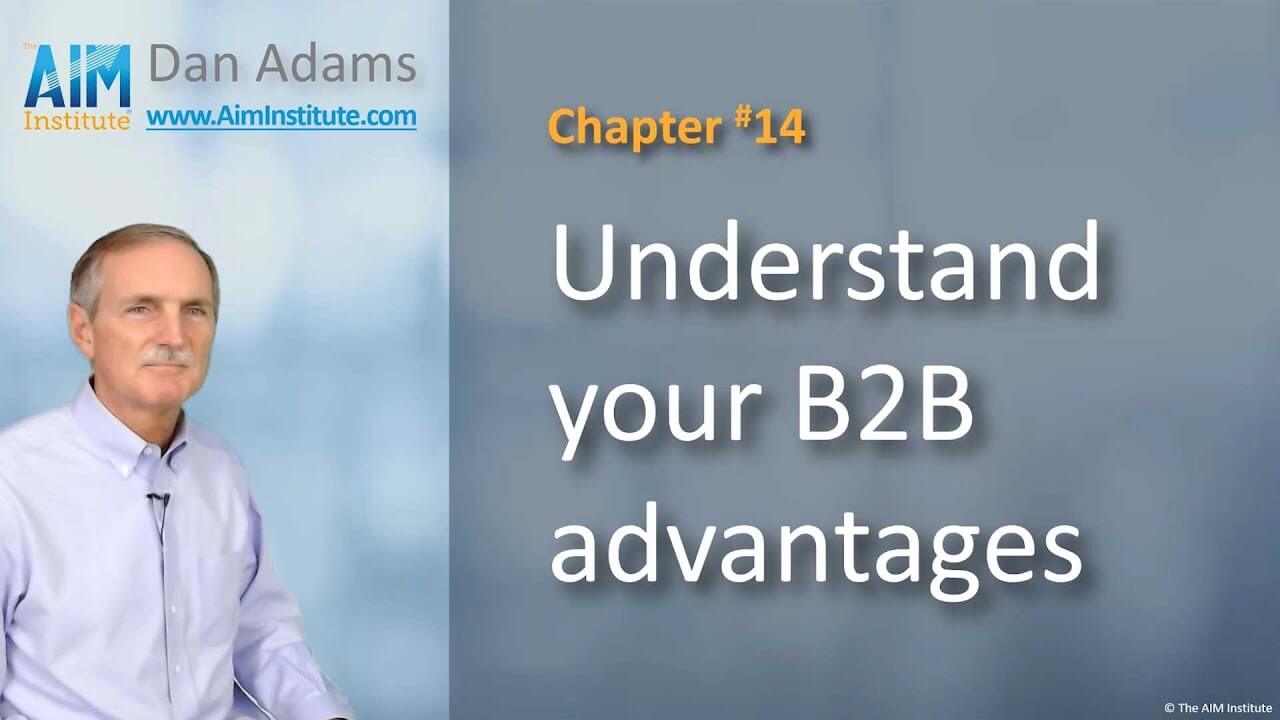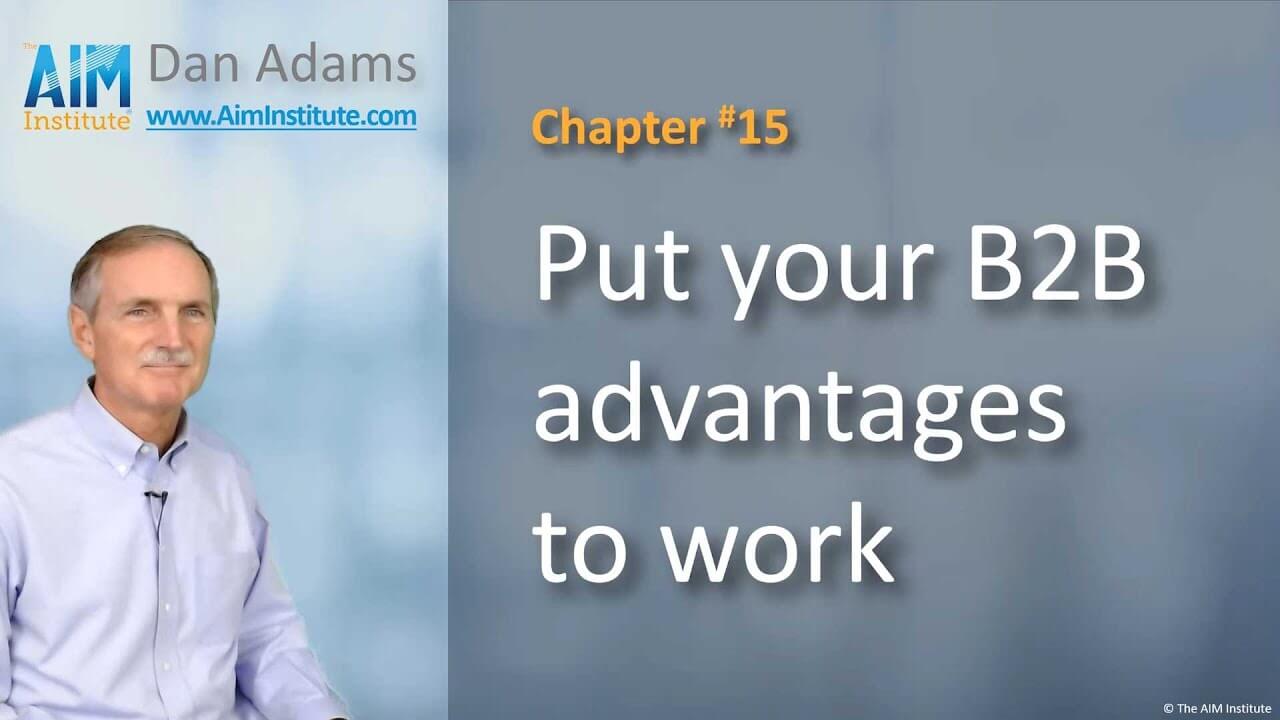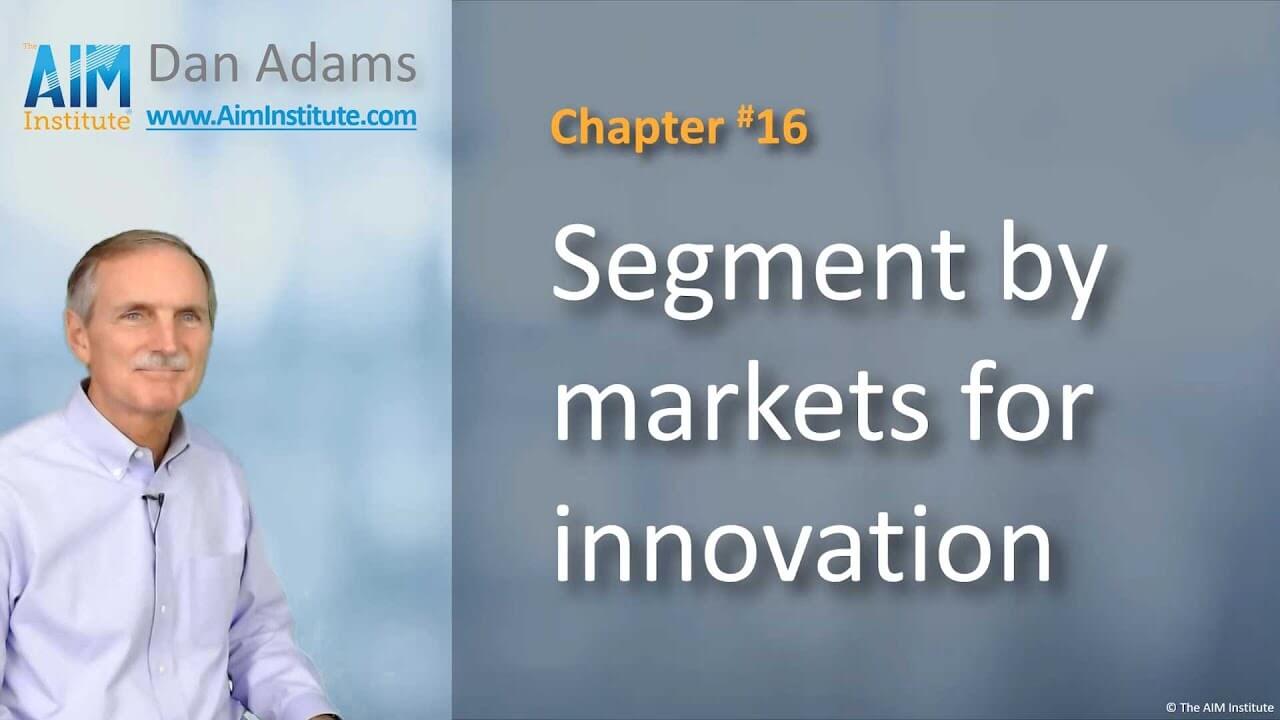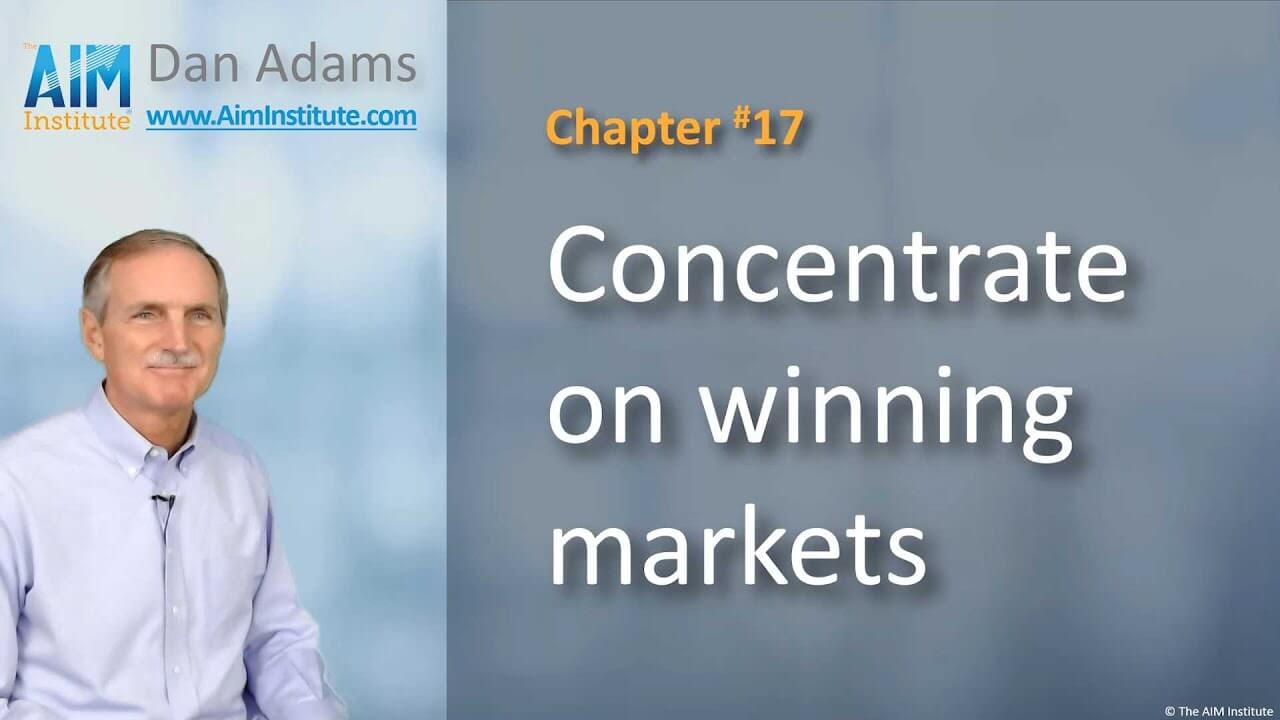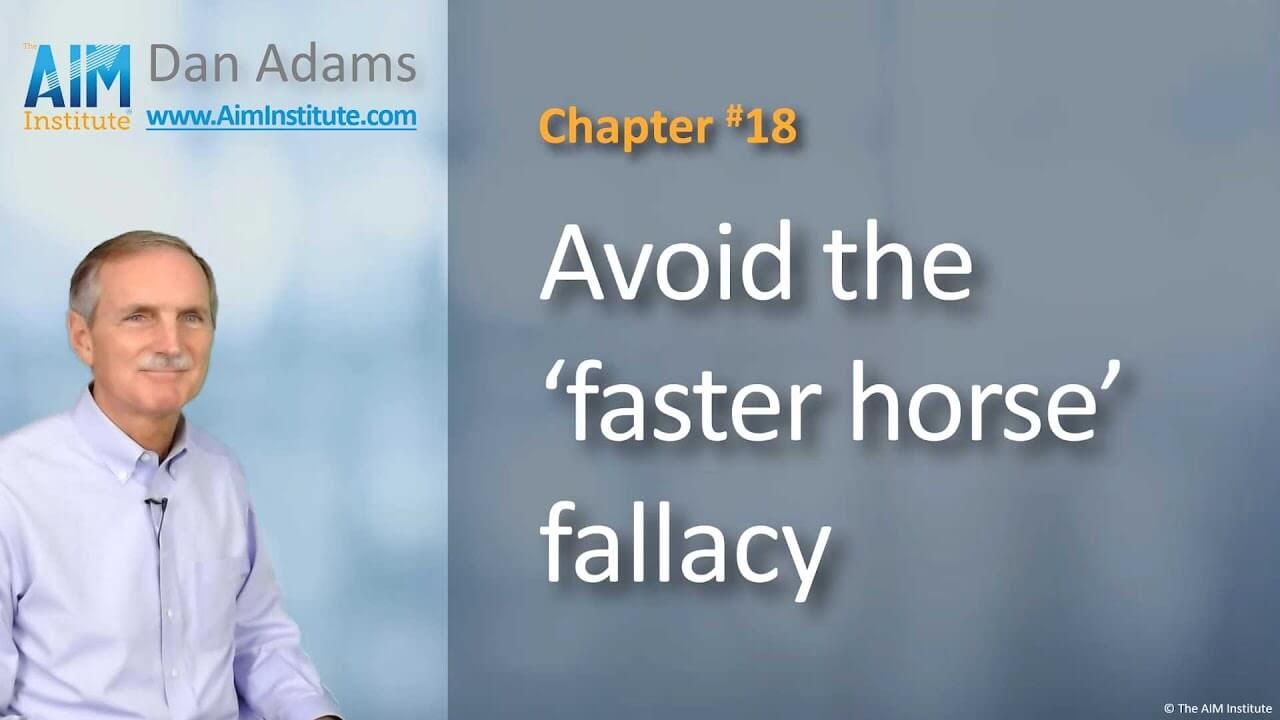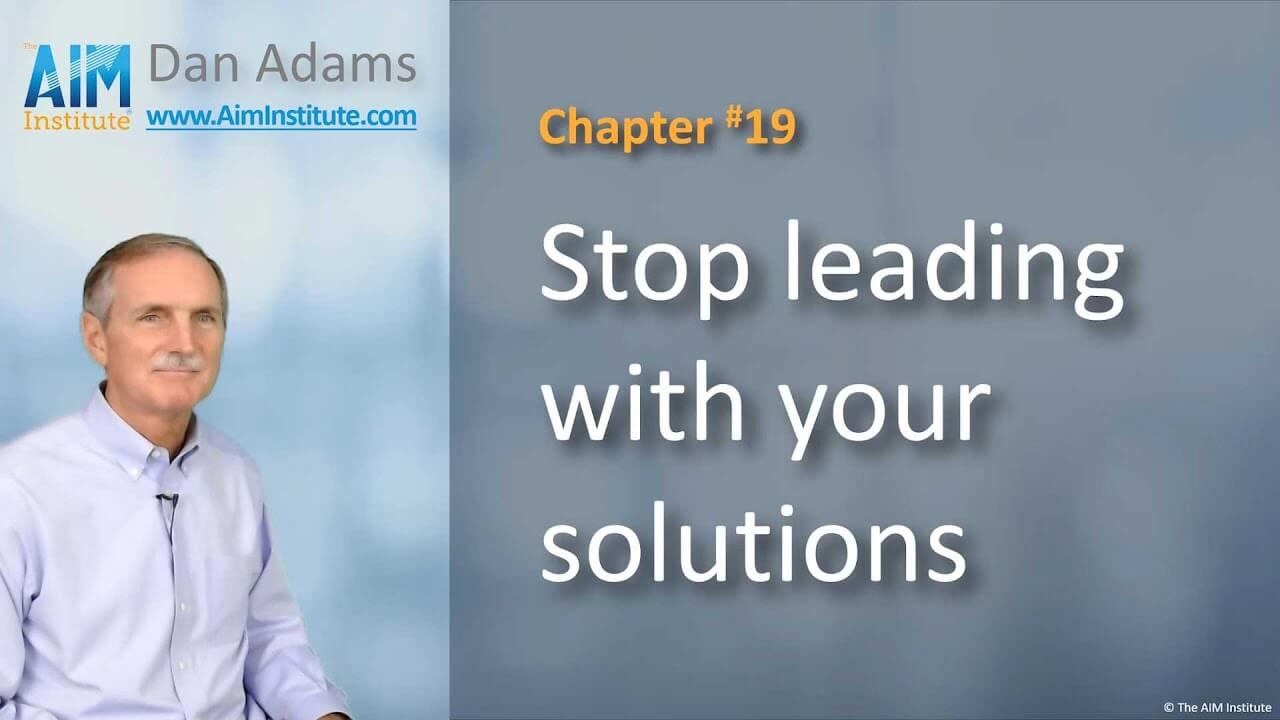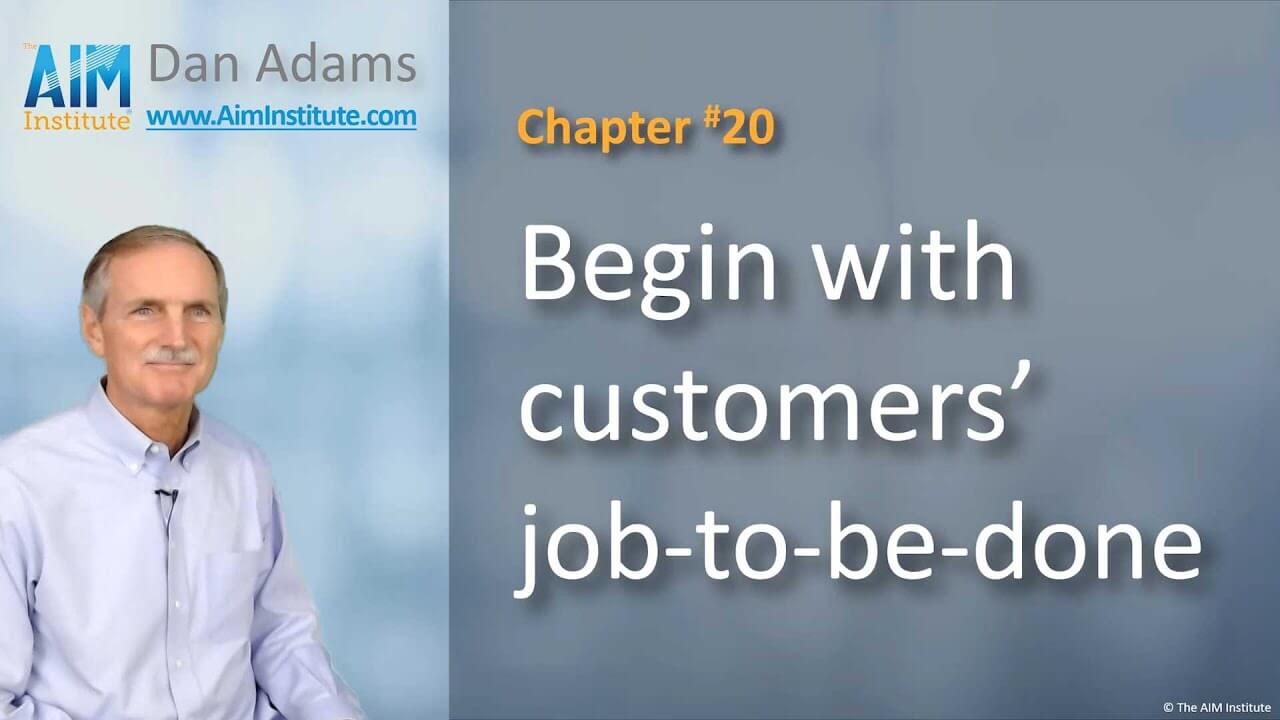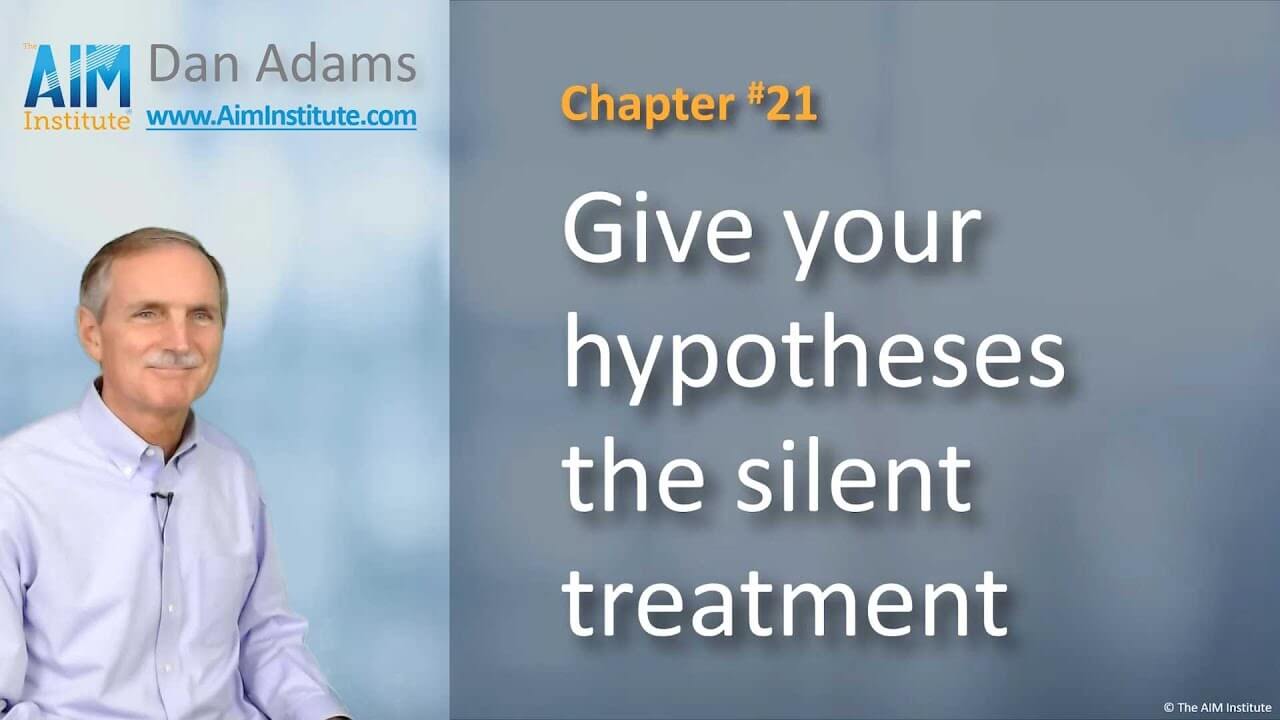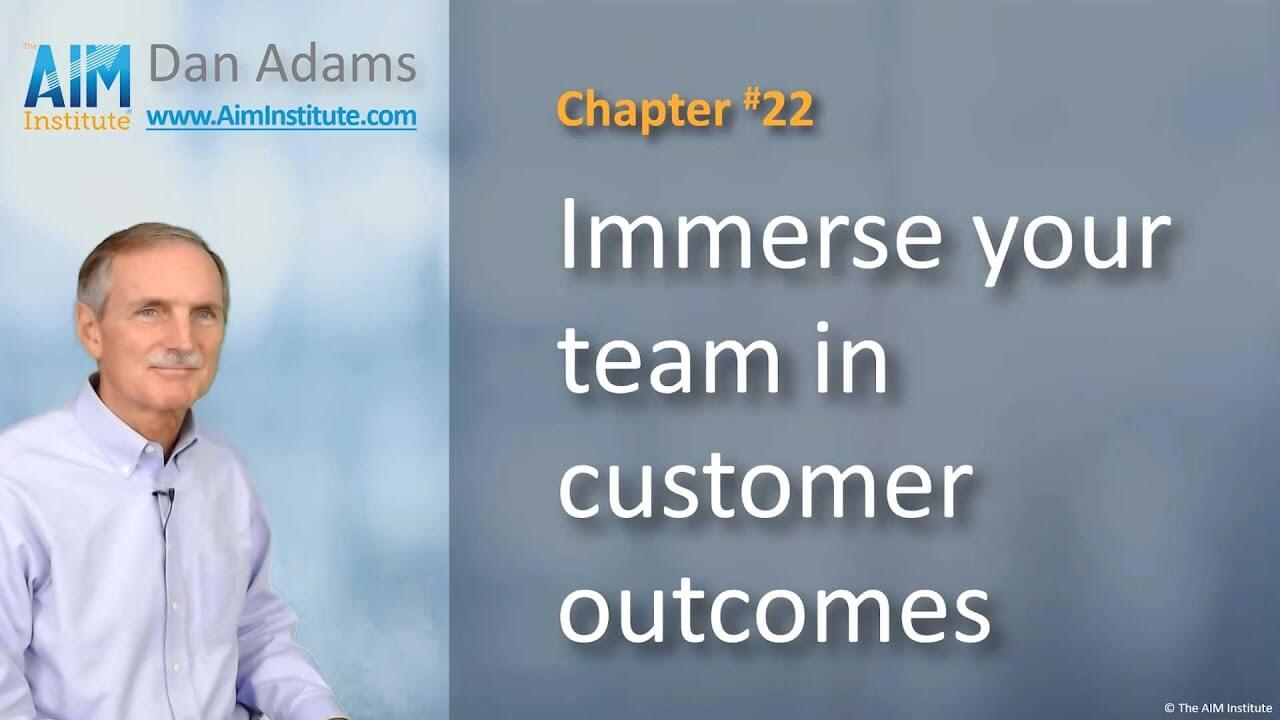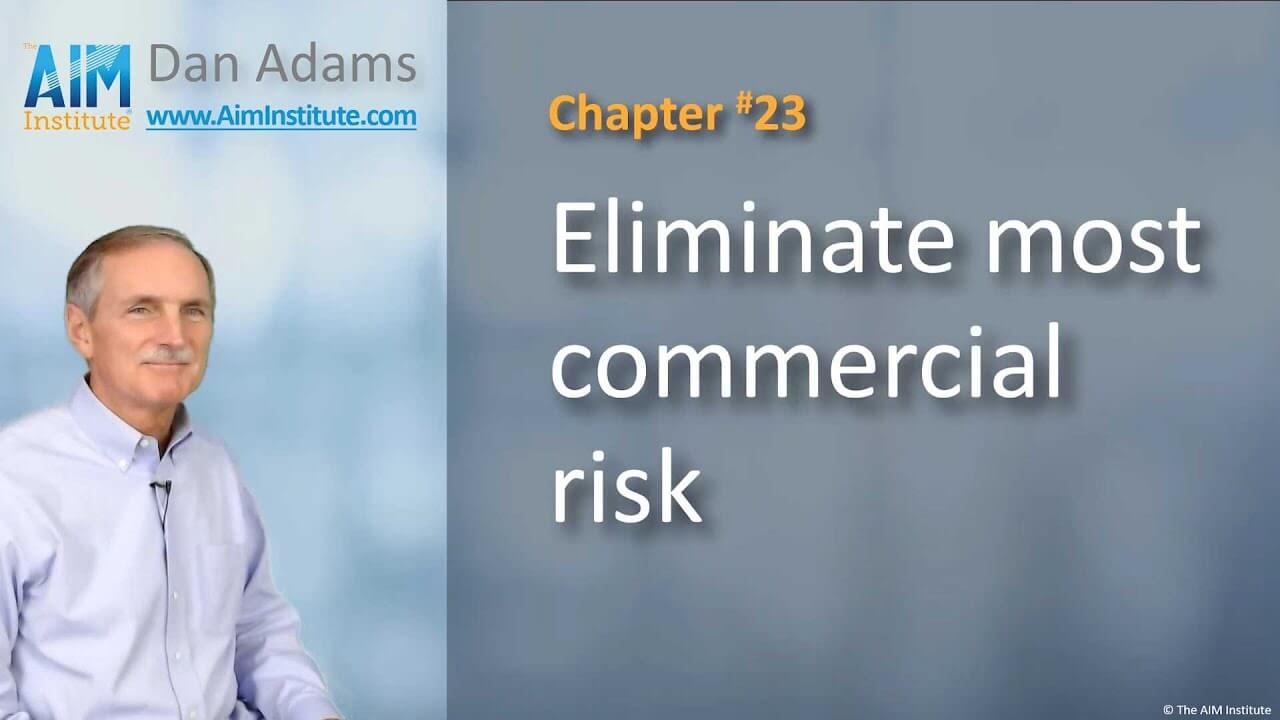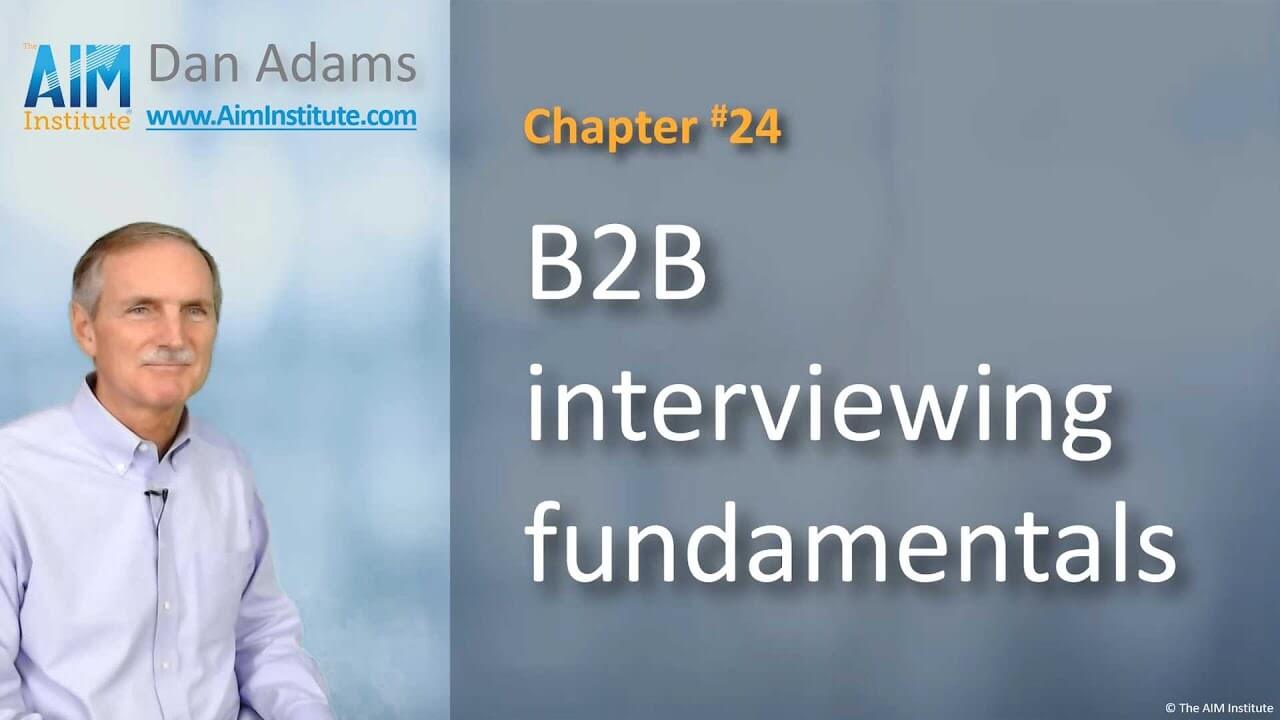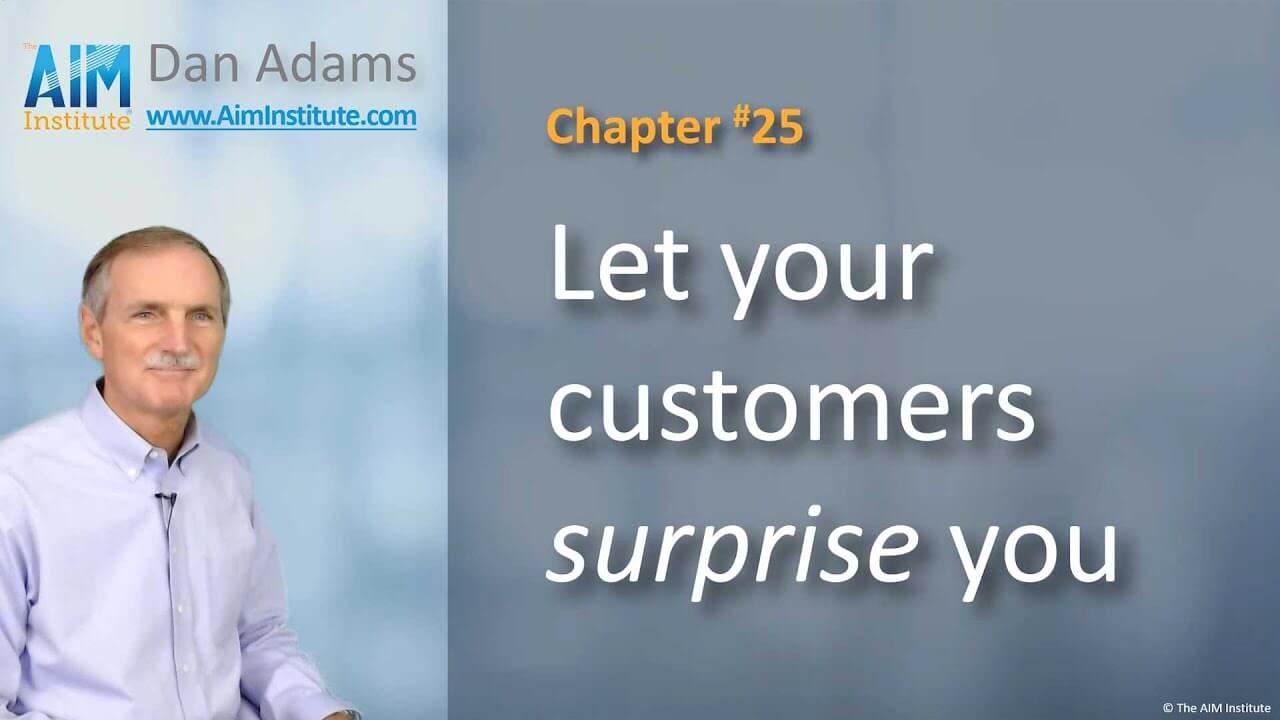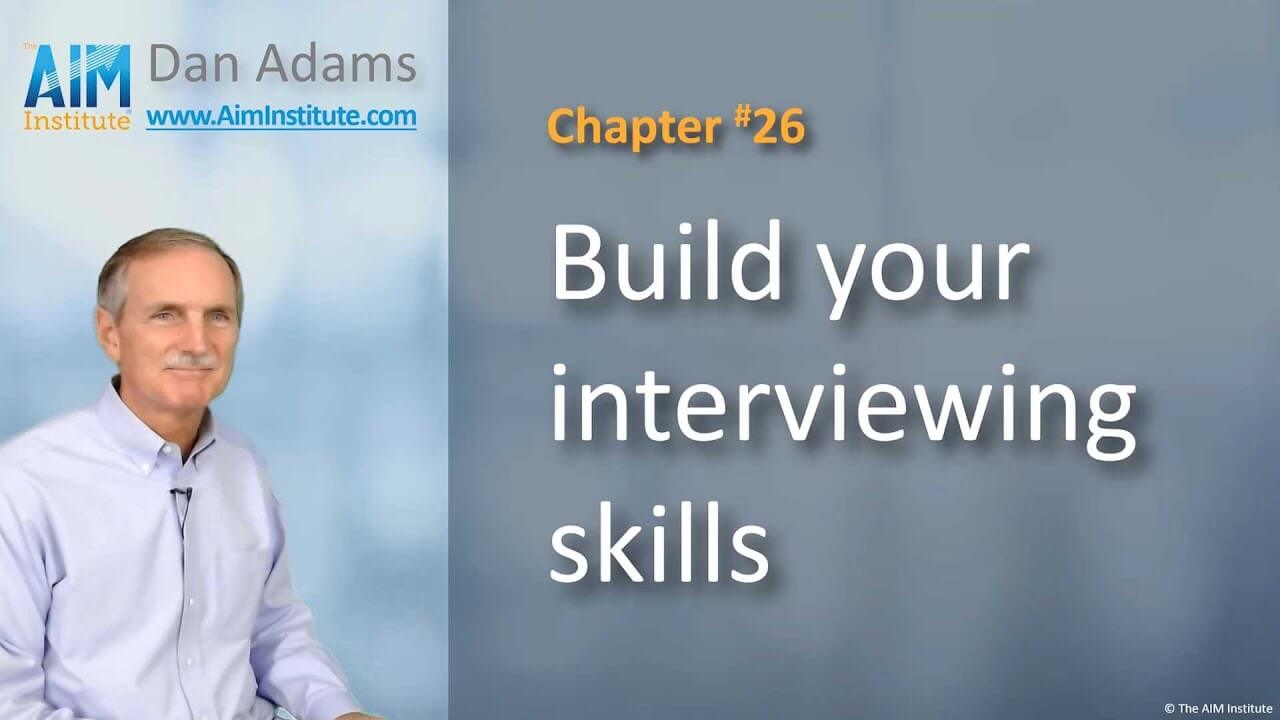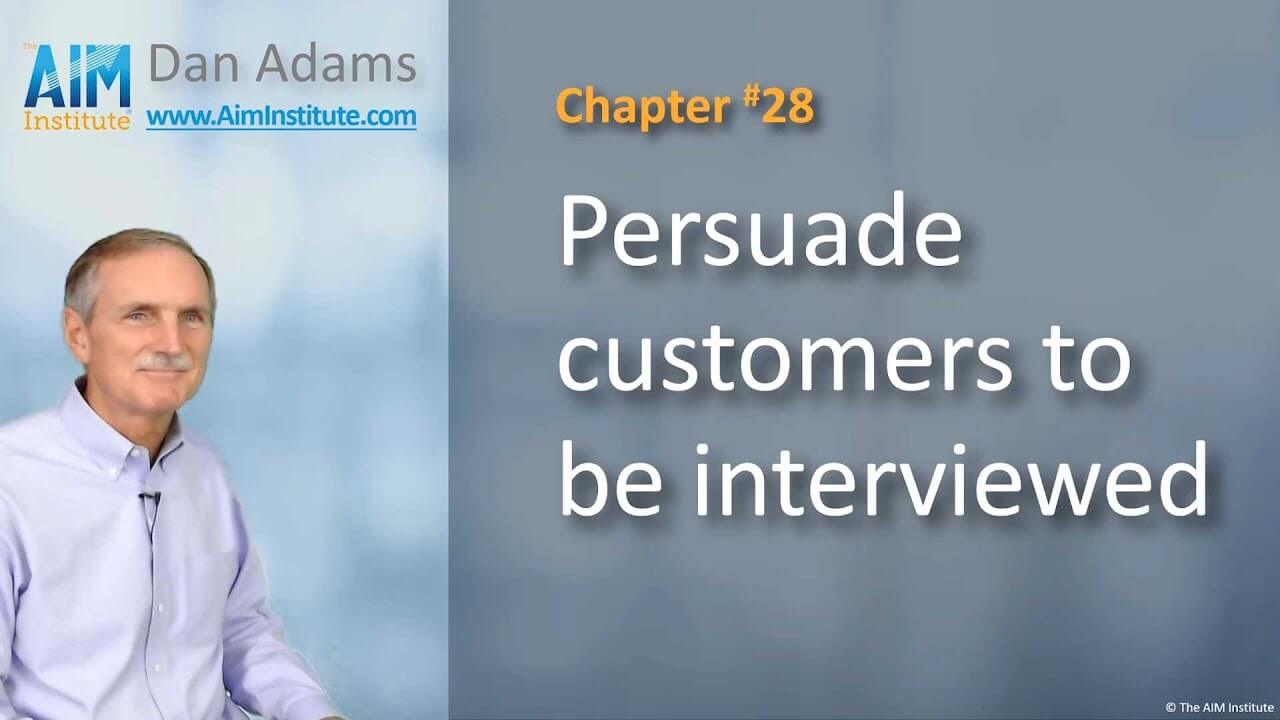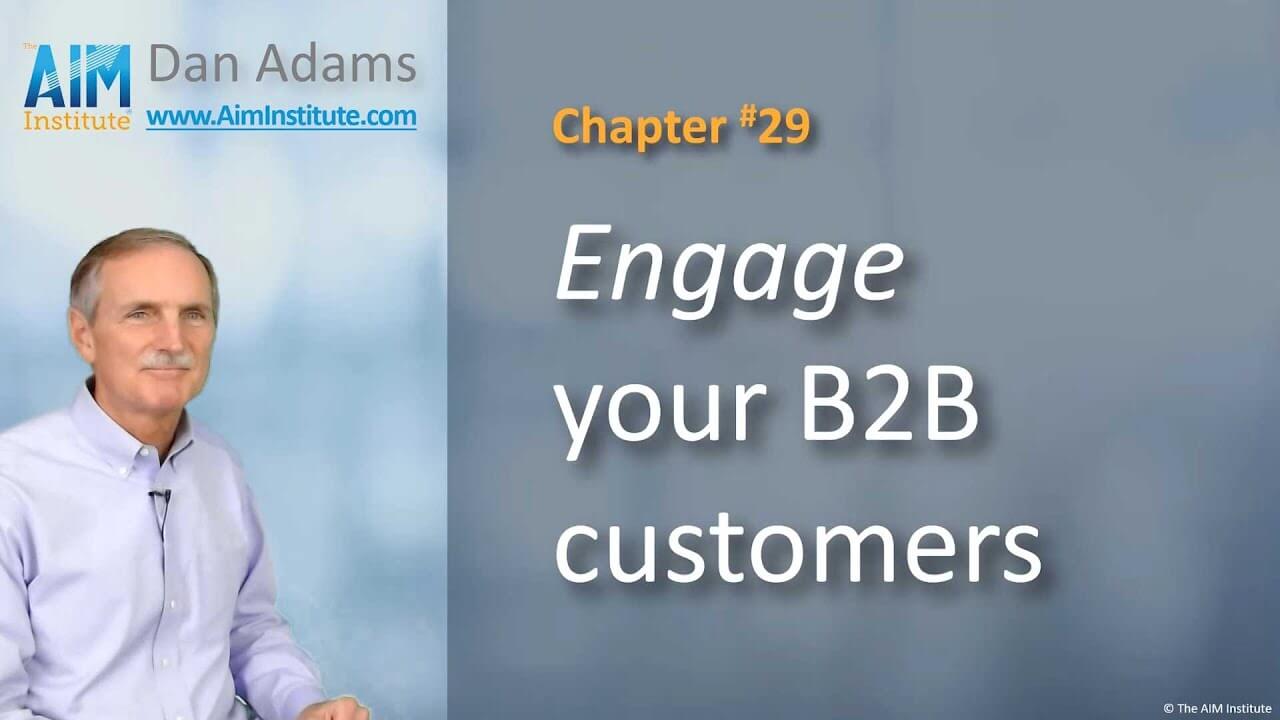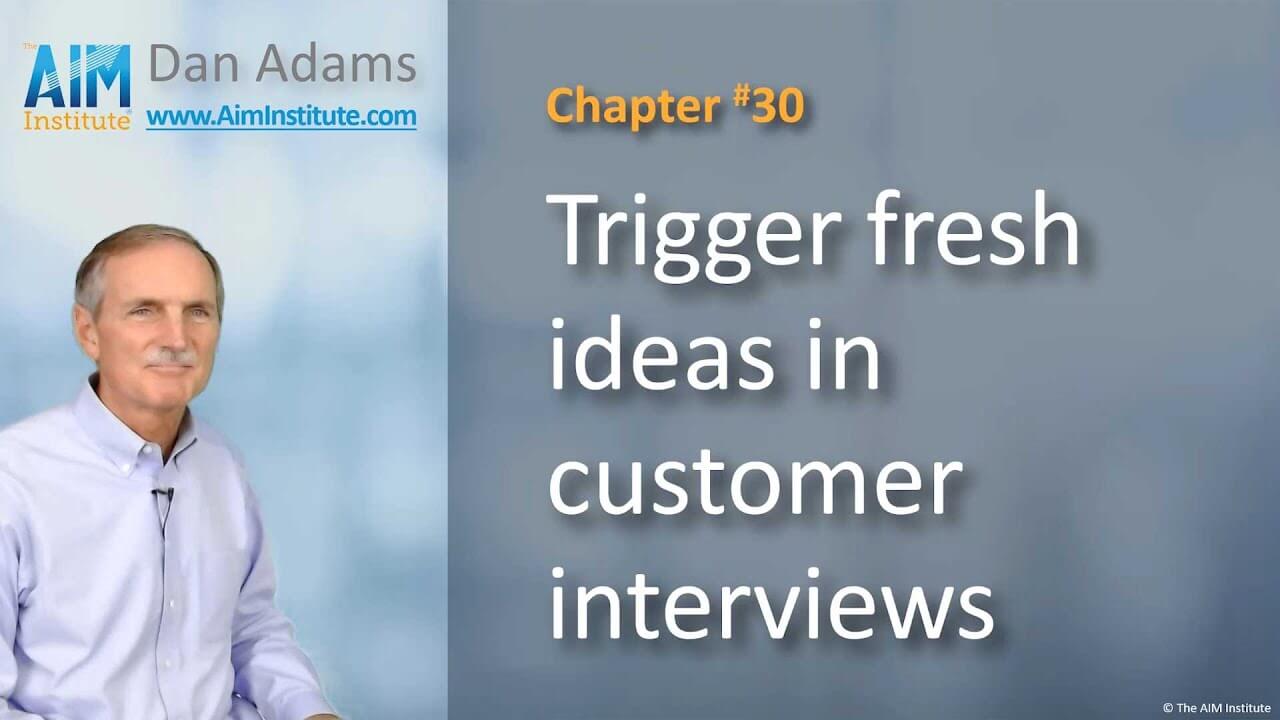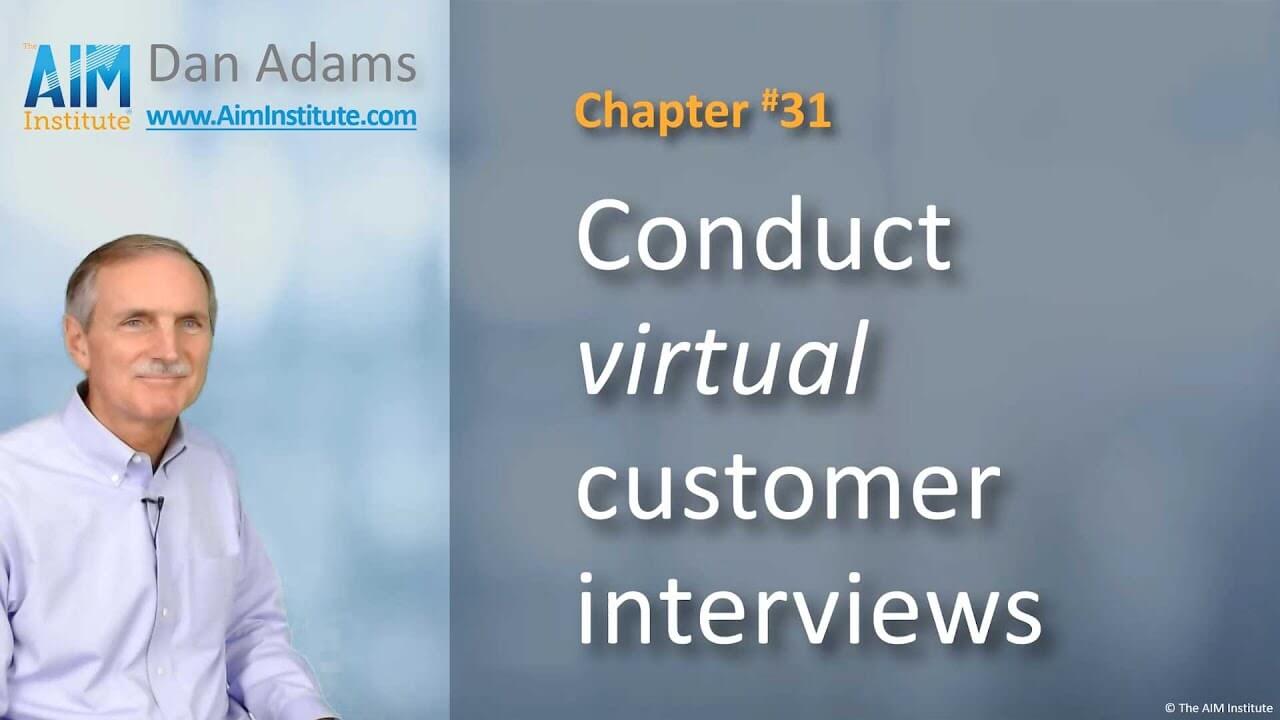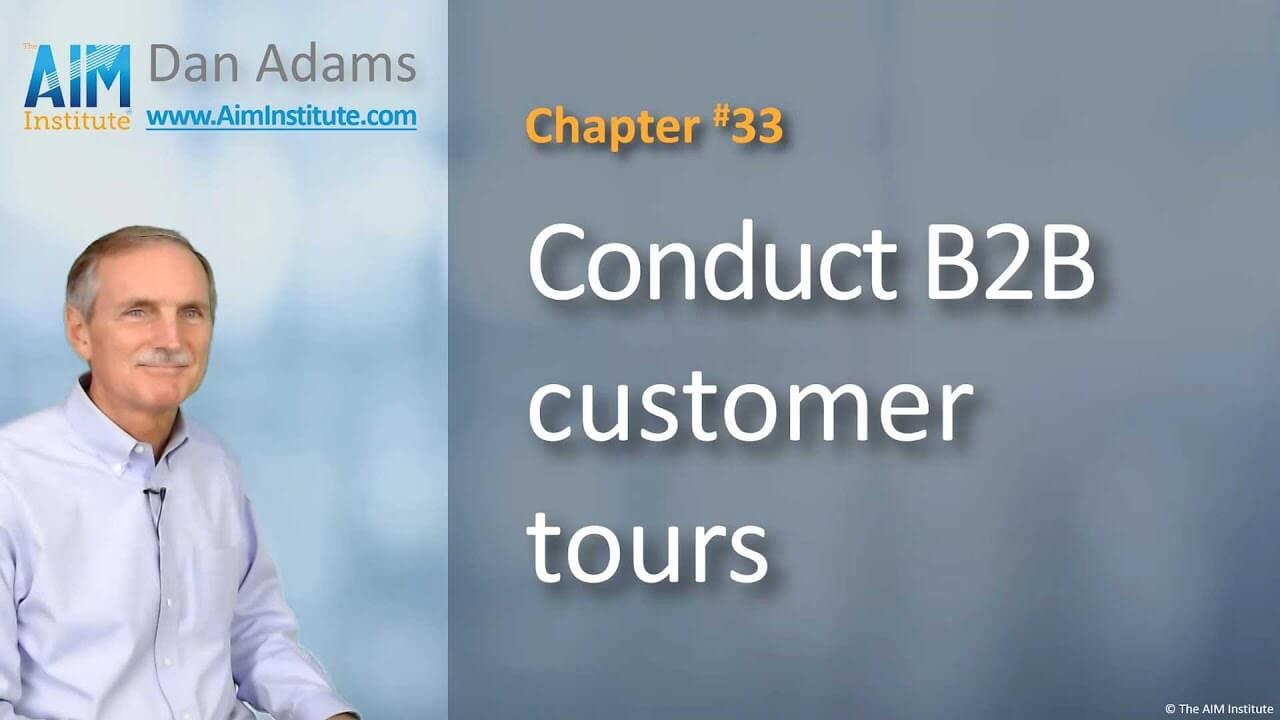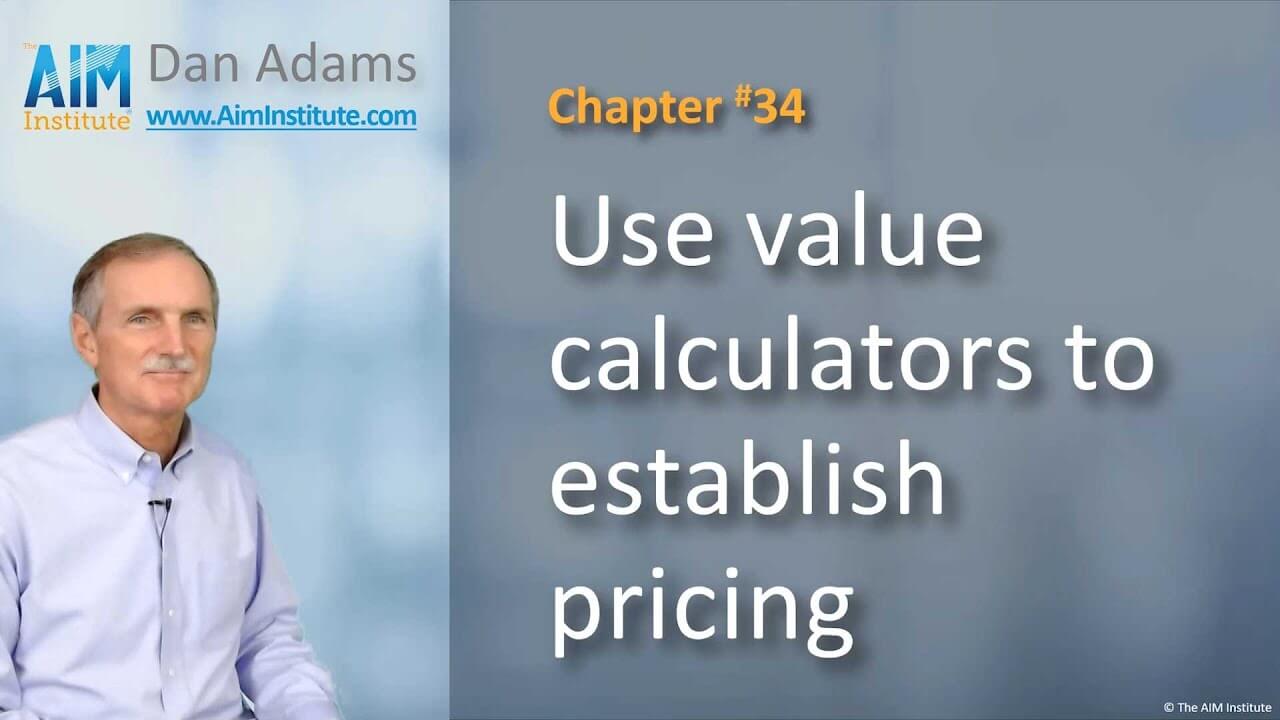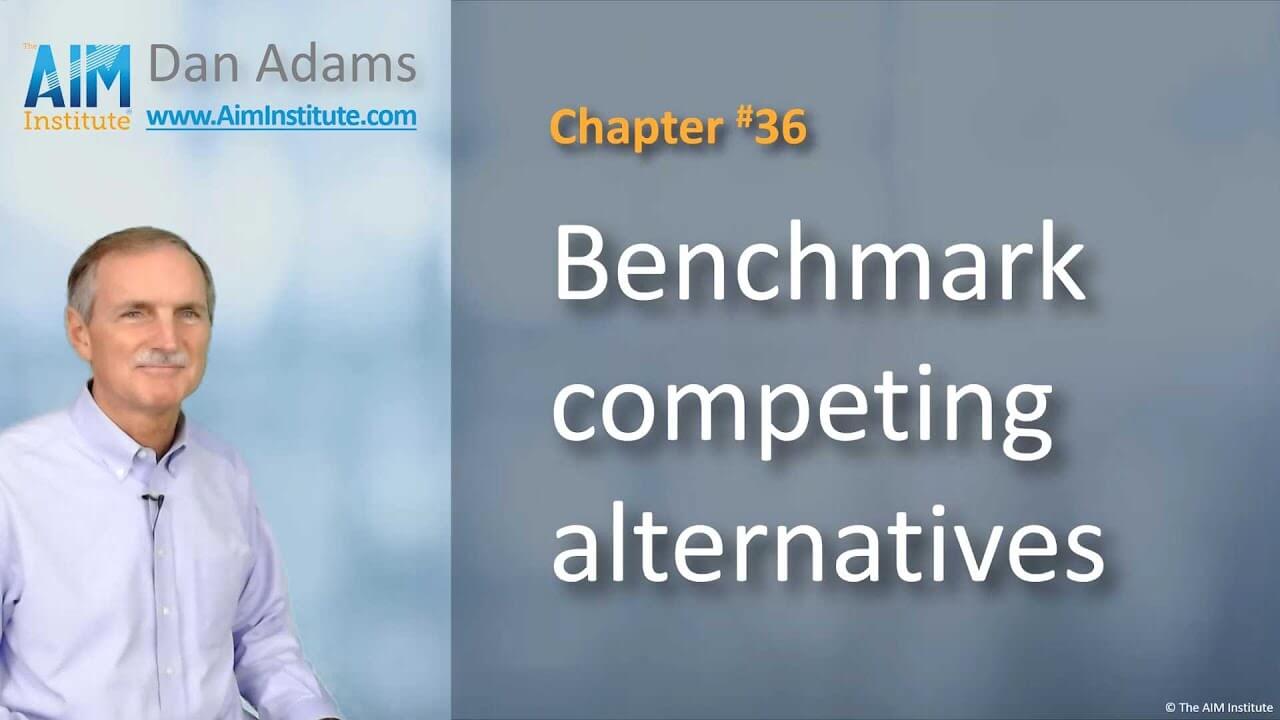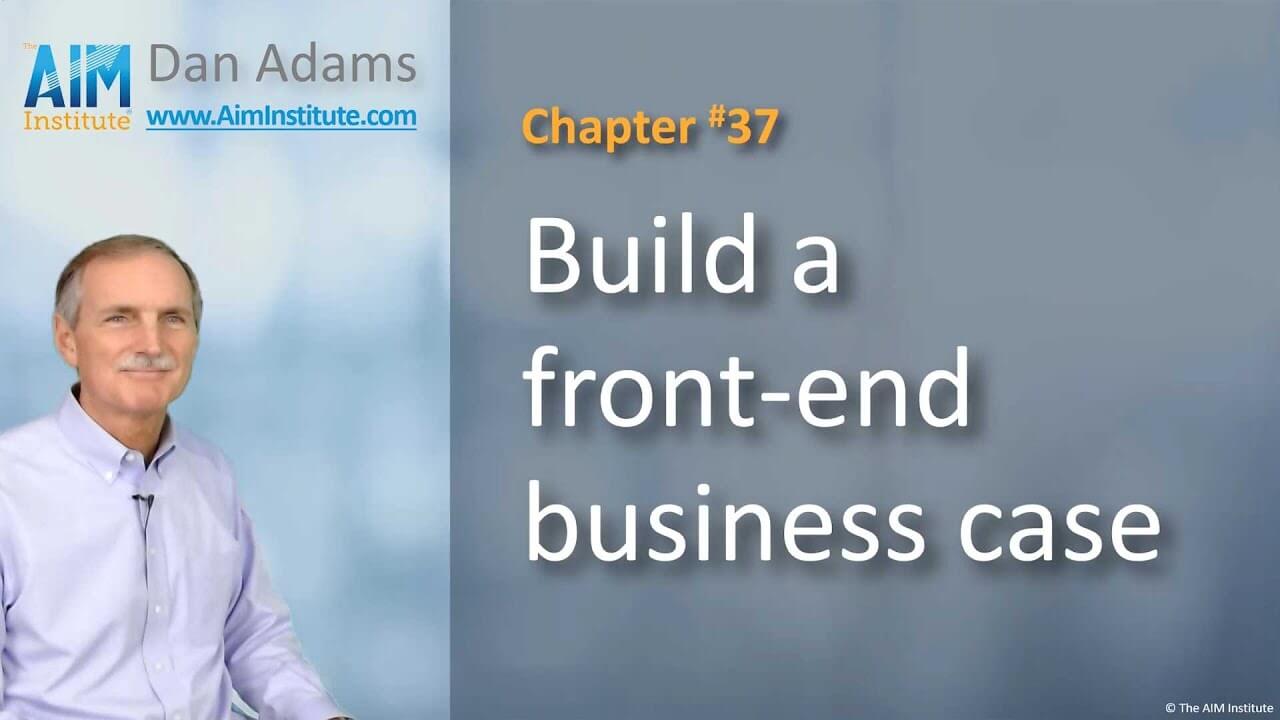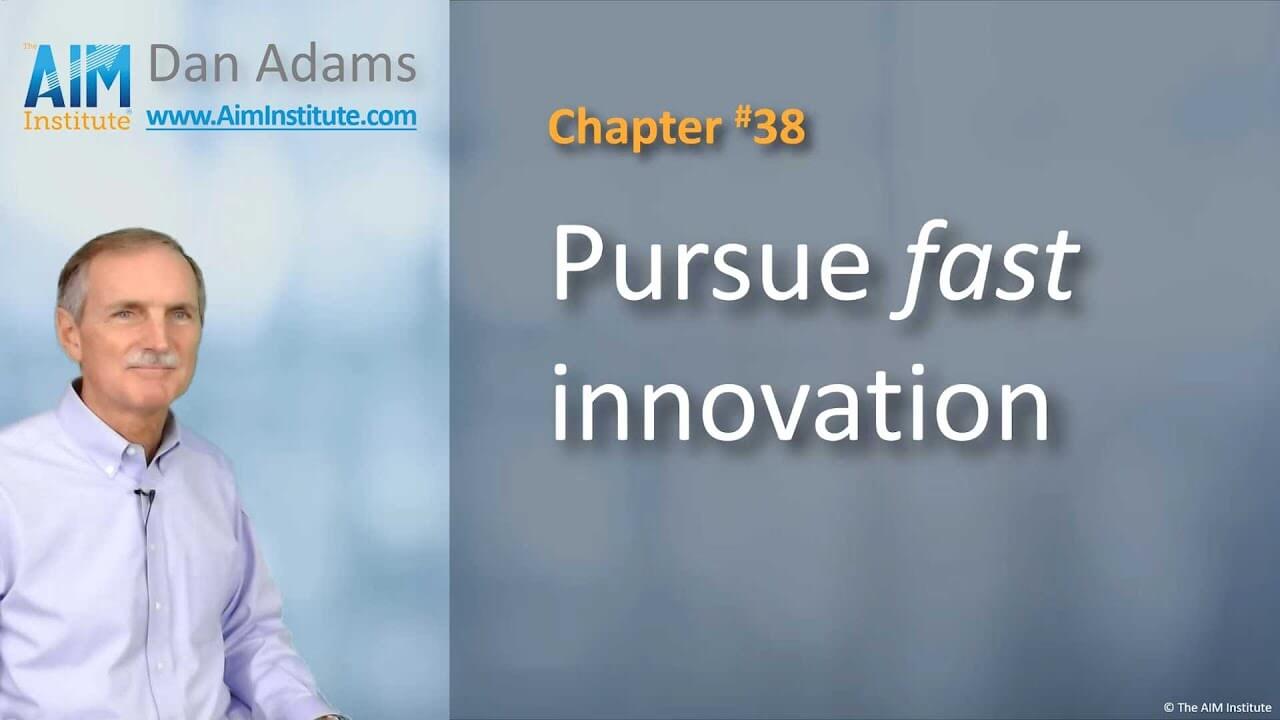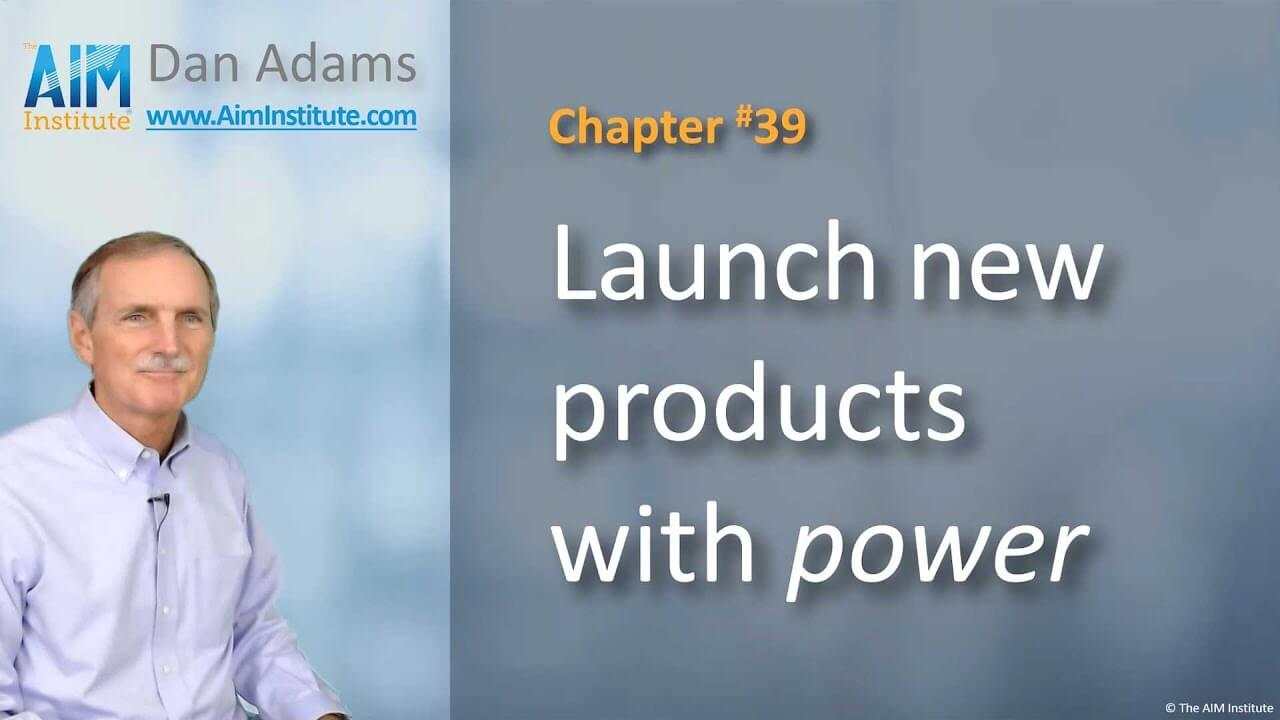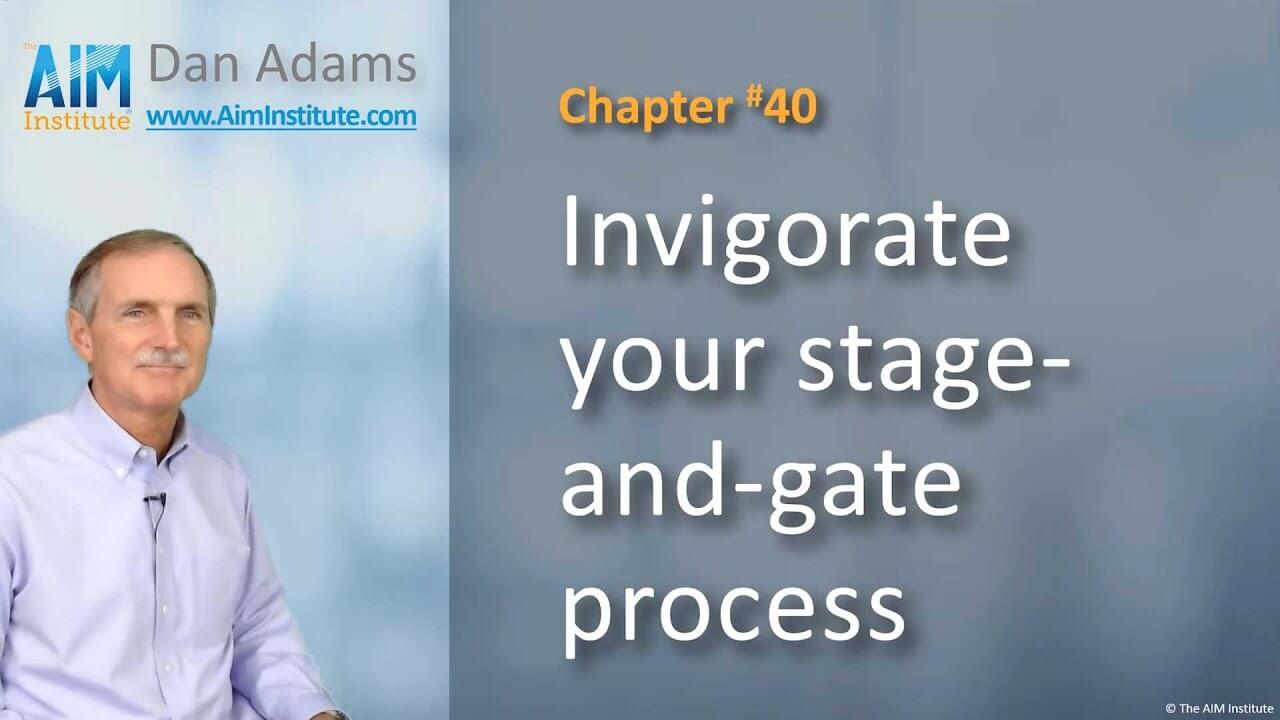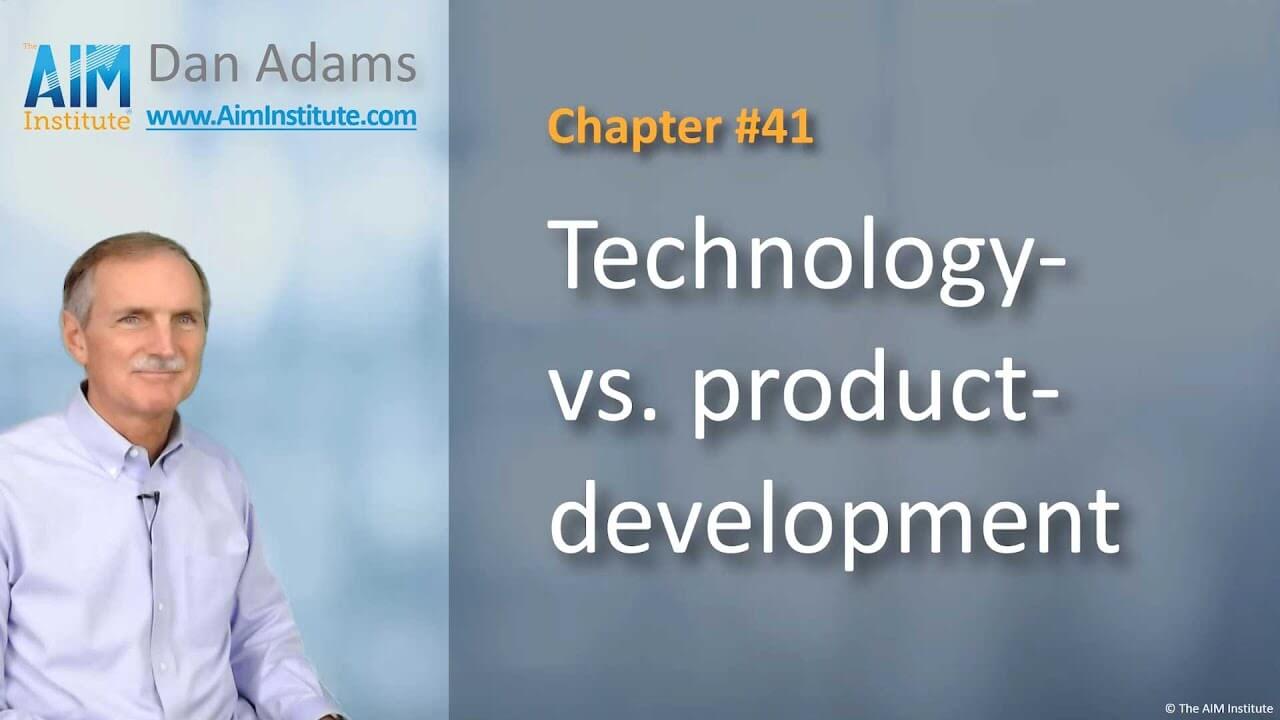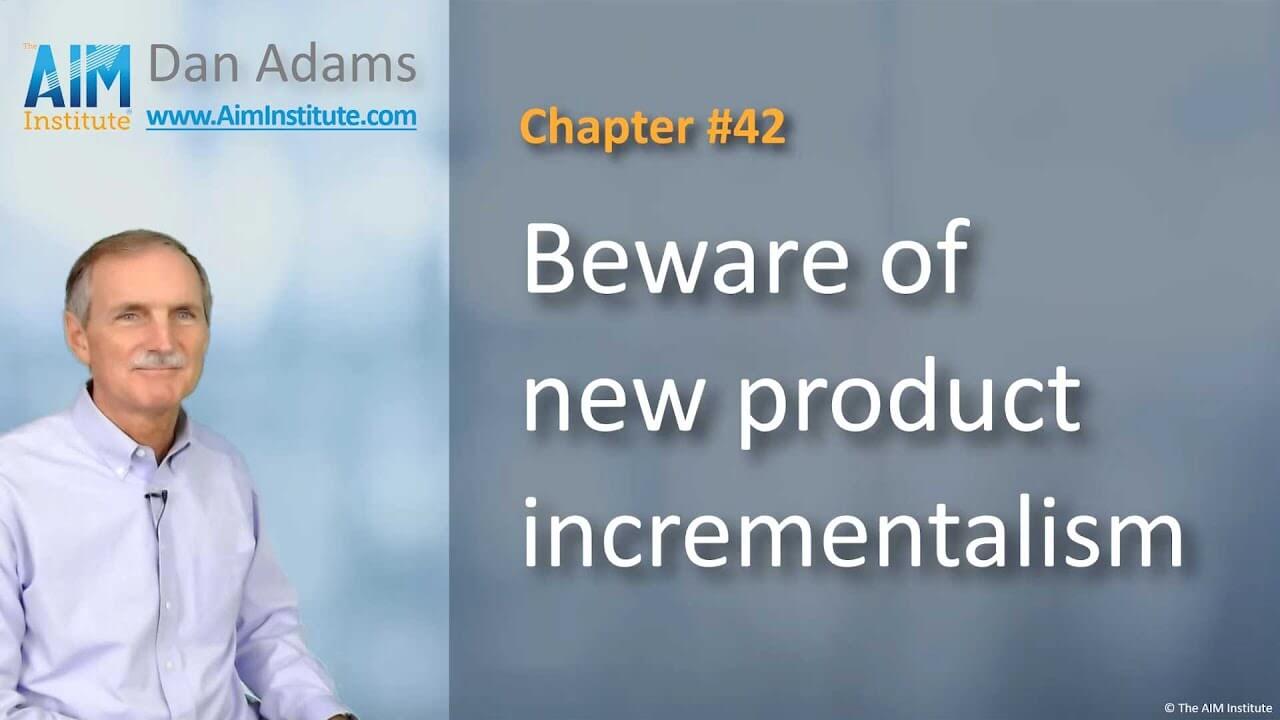Many companies err by assigning risk levels, probabilities, and rates of return in the early phase of transformational projects. Focus on uncertainty—not risk—for better results.
Astro Teller—the head of Google X—described their innovation process this way: “We spend most of our time trying to prove we’re wrong. We cheer… “Hey… how are we going to kill our project today?!”
Is that how your company looks at big, transformational projects? Or do you think in terms of risk and the Ansoff matrix? It says we’ll succeed in two out of three projects… or one out of two in familiar market… and do much worse in unfamiliar markets.
What if you were thinking about this all wrong: thinking about risk, when you should have been thinking about uncertainty?
Is it risky to cross an unfamiliar chasm? To assess risk, you must know enough to assign a probability for an unfavorable event occurring. Since you haven’t seen this chasm—and don’t know if it has a bridge—you face uncertainty, not risk. You simply don’t know.
When you prematurely assign risk levels—probability of success and net present value—you add undue stress, and overcommit to dead-end projects. Or avoid attractive opportunities out of fear. Better to admit you are simply uncertain… and plan to eliminate that uncertainty cheaply and early.
Consider four types of risk factors: 1) Facts… we know what we know, 2) Assumptions… we know what we think, and 3) Questions… we know what we don’t know. We are aware of these and unaware of the fourth 4) Surprises. Here we don’t know what we don’t know. You must understand the top three, and discover the surprises… before they discover you.
These cover the full certainty range. When you pursue unfamiliar markets, there’s little you are certain of at first. For familiar markets, you have more facts. Your goal is to convert everything meaningful to facts. Watch out for “Factoids,” unreliable information repeated so often it becomes accepted as fact.”
Some risk factors have low impact, others moderate, and a few high impact. To avoid “paralysis by analysis,” focus on the high-impact risk factors with low certainty.
This may seem “theoretical,” but understanding the difference between risk and uncertainty gives you the foundation you need for our next chapter.
